A Personal Note from Orion
Many people desperately search for therapies that can relieve chronic pain, improve the function of their body, or improve their athletic performance. The answer may not always be with expensive doctors, surgeries, or long-term prescriptions, but with safer, more natural therapy. Tony Molina works to help people redefine their health, and take back their life.
Tony is at the forefront of a movement that is changing the way we exercise. His techniques, including the use of the bioDensity machine, can cause a 5’2” woman to have more strength than that of a Venice Beach muscle man. By focusing on the strength in our bones, and the quality of our workouts rather than quantity, we can ensure that we are protecting our bodies instead of degenerating them.

In this Episode
- [03:41] – Tony explains how he and his wife started working in the fitness industry and ended up hurting more than helping.
- [05:04] – Tony tells of his experiences in the Marine Corps and how they changed his definition of movement.
- [07:45] – Tony shares how stretching is one of the biggest myths in the health industry.
- [09:13] – Tony describes the Muscle Activation Technique and its link between rehabilitation and exercise.
- [11:32] – Tony tells how the Muscle Activation Technique works.
- [13:00] – Tony gives the causes of inflammation and how you might not be feeling the pain your body is.
- [14:30] – Tony explains how the Muscle Activation Technique expands movements and lessens the need for the medical community.
- [15:31] – Tony mentions the number of certified specialists like him in the country and how effective their treatment is.
- [16:37] – Tony talks about a day in life of Tony Molina, including Switzerland, cryotherapy, and cognitive behavioral therapy.
- [18:21] – Tony shares how to get the benefit of high-impact exercise without the risk of injury.
- [20:10] – Orion’s bioDensity-machine results are given.
- [21:52] – Tony explains how a 5’ 2” woman was able to produce more force than a bodybuilder from Gold’s Gym.
- [25:17] – Tony expresses how the Power Plate is the future of loading our bodies.
- [27:16] – Tony gives the connection between a vibrating plate and spiking growth hormones.
- [28:46] – Orion’s first experience with the Power Plate and the necessity of long-term thinking is described.
- [32:10] – Power Plates increase workplace productivity and decrease the need for stimulants in three minutes. It’s a paradigm change with only upsides.
- [33:57] – The old paradigm is that mind and body were separate, but the new paradigm is that they’re connected.
- [34:50] – Orion asks, “Why do people neglect their bodies?”
- [35:28] – Tony describes a case study of a woman who wanted to lose one pound and how he worked with her to improve her mental and physical health.
- [39:32] – Tony shares how he implements cognitive behavioral training in his work.
- [41:00] – Tony relates a case study of a man who was 50 pounds overweight and loved to eat. Tony gave him a non-weight-type fitness goal to motivate his health change.
- [42:48] – Orion’s experience in the cryo machine for three minutes and why cryotherapy is a part of rejuvenation is discussed.
- [44:52] – Tony shares why the body translates cryotherapy as painful.
- [46:05] – The difference between anxiety and fear when it comes to experiences of the body is explained.
- [47:50] – Orion mentions The Rise of Superman, a book that describes how high-adrenaline activities lead to a state of flow.
- [48:16] – Tony tells the wildest things he has ever done.
- [48:46] – Tony gives three tips for living a stellar life.
About Today’s Show
Hello and welcome to Stellar Life Podcast. Tony Molina is co-owner and founder of the Rewire Project which is the first practical rejuvenation center in the US. He’s a master teacher with a wealth of experience that includes degrees in High Altitude Physiology, Cognitive Neuroscience, Biomechanics and Exercise Science. Having worked with thousands of individuals over the last 17 years, Tony has perfected the process of shifting people’s limiting beliefs to redefine their life experiences and tap into their true potential. Today, we are going to give you an insider look into the future of fitness. Before I start, I just want to say hello and thank you so much for joining us Mr. Tony Molina. How are you?
I’m great. Thanks for having me. I’m excited.
Yeah. Thank you very much. Let’s start by maybe you can share a little bit with us and tell us a little bit about yourself.
Yeah. My wife and I, we started working in the health and fitness industry in the 1990s, really, all accounts, started by hurting people because we didn’t really understand what we’re doing. I think as most people that are working in the health and fitness area, you’re trying to help people. We were attempting to do that too and we really just ended up creating a lot of injuries and not really understanding the needs of the body. As we started to progress and to work and expand in experience as well as education and obviously in life, as you’re going through your own life, you start to see that the body starts to need help. This supposed exercise thing and eating right and taking care of yourself, it seems like an easy tune up, it seems like we’re in need of more than we’re getting. That began the impetus for what’s now become the Rewire Project which is really the future of health and fitness and it’s really a way to accelerate the gains that you make if you do exercise, if you are working to make gains in your health or fitness.
What type of personal experiences redefined your own life that brought you all the way here?
I started in the marine corps. I was in the first goal of 1991, I was a recon team leader and that was definitely the start of my journey. I was there for nine months over in Saudi Arabia and Kuwait, sky diving down the airplanes and scuba diving out of submarines. As you start to push your own mental, physical boundaries, you start to understand that your definition for movement is redefined. Clearly, that was the beginning of my journey. I definitely accelerated my own degeneration of my skeleton through all those years of everything I was doing in the military. I didn’t understand it then as I do now and I don’t necessarily judge it as much as I think it’s important that I’ve gone through that because I understand exercise and movement of the body, I think a little differently, definitely experientially because of the hundreds of thousands of vertical feet I’ve that covered with my body.
As you start to push your own mental, physical boundaries, you start to understand that your definition for movement is redefined. Click To TweetYou got injured and then you figured out, “Hey, something’s gotta change and if I wanna live a long, healthier life, I need to do something about it and there’s more to it than what we know today from fitness magazines and the traditional way they teach us fitness.”
Yeah. I wasn’t even injured, I just, now having dealt in performance. Also, for ten years, I raced in Mark Burnett’s Eco-Challenge Expedition Races which were these 300 to 500 mile, nonstop expeditions that were all around the world. I’m in Borneo, Malaysia then the next year I’m in Patagonia, Argentina, and then we’re in New Caledonia and then we’re in Switzerland. Every year was a different experience and a different set of demands, yet I was able to develop the ability to race in up to 15 different sports at almost a professional level and what really was like the unconventional Olympics. Those races as well as the military experience allowed me to understand Chronic Fatigue Syndrome, it allowed me to understand how the skeleton and the structure or managing the effects of gravity, it allowed me to start to understand the hormonal response and sleep patterns, it allowed me to be able to understand real performance and heart rate variability, cardiovascular trends. As an athlete as well as for my own experience, I clicked a very unique take on in the entire thing because I really fell into health and rejuvenation. It wasn’t like I started that way, I started to see that really, we’re all in need of all these things and this exercise thing wasn’t really doing it and more was needed.
What are some of the biggest myths that you find in a health and fitness industry?
That’s a great question. We deal with it every day, I would say I would probably start with stretching. I would say the fitness pyramid is made up of I think, strengths, you need to work on your strength, you need to work on your flexibility, you need to work on your cardiovascular system. In the flexibility aspect, the biggest myth is that you do the stretching thing and your body is gonna do better. What we find is that you would know it from your experience if you stretch then one day, then next day you wake up and probably the same area is tight, nothing’s changed. It is the body really looking for the mobility. The myth is that it is, when actually it’s not. What it’s really looking for is stability. Through our system, as the paradigm starts to change and as the culture gets aware, we can demystify these things because you really for the majority of the goals and for people out there, impressively stretching isn’t really doing it. It’s actually setting them up potentially for more injury. Definitely, if it’s not injury, at least vulnerability which can lead to injury.
A couple of days ago I came to visit your facility and you took me through your training session, your training modalities, at least a few of them. The first one was you put me on a table and you did something to activate my muscles, what was it exactly? We did it so I can improve my extremely horrible squat. I’ve been trying to squat my whole life and I’ve been doing a lot of stretching and strengthening. Actually, I talked to a lot of trainers and was a trainer myself. For me, for my own body, it’s still like a struggle to get to squat properly. Can you talk a little bit about your Muscle Activation Technique and a little bit about what we did there?
Yeah, that’s great. The MAT, Muscle Activation Technique modality, is really the link between rehabilitation and exercise. It’s really the starting point before you exercise. Most people challenge their bodies and then they either overstress it or it breaks down then they have to back up and start again. The better way to do it is to actually make it run better. It’s like a car, you want the car to run better so you tune it up. With the body, it seems like people aren’t doing the tune ups, they’re just kinda driving the car. Like with you, you lay on what looks like a massage table and then I think the paradigm is you go on getting a massage because you’re on a table. It can be painful. If it is painful, that’s inflammation in the nervous system called neurogenic inflammation. Once you understand that the body starts to demonstrate what it is looking for, via tightness, then the muscle weakness is actually what we can actually get to. The goal of MAT is to affect the stability of the system and then as a by-product, the body creates mobility. Any motion that you had from the work you do on the table was because we’re starting to reinstate stability which for you was in the trunk, on your left side, and then the ankle, which was limited for you in your squat, was able to start creating mobility because the trunk itself was able to produce more force which allowed the mobility in the ankle. From a diagnostic standpoint, you would need actually to work on the ankle with this MAT modality, as well as the trunk. The process of that, how it works is simply we put the joint into a shortened position, it might even seem awkward, the position you’re in, because you might not move there all the time but the reason you’re there is because you can’t control it. Then, we test the joint by just placing 20 pounds of force on it which isn’t a lot. If it contracts on demand, then it controls it. If it doesn’t contract on demand, you feel weak and the leg or the limb or the arm moves, that’s when we can actually treat the tissue and that’s done manually as you experienced at the origin in the insertion which is like a palpation on the muscle.
First, you put me in a position and we measure that and my body could not resist those 20 pounds and then you did your magic and you pressed on very painful points in my body where I had apparently a lot of inflammation and we tried it again and my range of motion increased. But before that, my body was able to resist those 20 pounds.
The confirmation is key so that’s why we retest the position again because the stability has to be confirmed into the nervous system. That’s why you went back to the position, we retested it and it seemed strong even though you hadn’t exercised, how would it be strong? It’s strong because we just reset the weakness, that was the communication wasn’t occurring properly with that muscle in that division.
What’s the cause of that type of inflammation in the body?
There’s so many reasons you can have inhibition. There’s overuse, there is acute injury like impact, like somebody falls on a bicycle, they get up and days later they’re like, “Oh, I’m a little bit sore,” then a week or two weeks later, they all of a sudden start to have pain in some area. Sometimes it’s impact, it could be that there’s fatigue from many years. Sometimes it’s overuse. There’s kind of a lot of ways that people get to that point. I would say, generally speaking, most humans have inhibition at some point in time all day. It’s not that your whole body needs to be stable or strong all day. It’s that if your brain registers that there’s enough potential threat and danger at a joint because of this inhibition, then it can decide to choose to express pain. Generally, people only, unfortunately, seek this out once they’re in pain. What we’re doing with this movement is and the goal, part of this is that, people can start to address the car like it needs to be maintained, like you’re doing normal maintenance on the car. It’s just look a little different, then, maybe the exercise classes or the way that people work out currently. It’s really the paradigm of where it needs to hit.

Most humans have inhibition at some point in time all day. It’s not that your whole body needs to be stable or strong all day. It’s that if your brain registers that there’s enough potential threat and danger at a joint because of this inhibition, then it can decide to choose to express pain.
For me, it was really surprising because I didn’t come to see you because I was in pain, I came because I was curious and I wanted to experience. You invited me to share your world with me. I bet so many of us are just walking, not even knowing that there is inflammation in the body or that something needs to be cured or healed.
Yeah. It’s incredible, really. Again, as we keep expanding the movement, as everybody starts to understand really what’s important, and really the validity of how it is we could be doing these things and how much more effective, easier it is, how much accelerated it is. What you can start to see is people can start to not need the medical community as much. We can deter and remove the impact on medicine right now because people wouldn’t need to be going to the ER room with all of the different aches and pains that they are currently dealing with. The medicines that people are taking, the surgeries that are happening. It’s pretty abundant that it’s going on that people generally, they’re not operating too well.
Besides being so unique in all the modalities that you know that are unique to you because you’re like 20 practitioners in one, there are not too many people that are certified in this Muscle Activation Technique, right?
MAT, it’s a multiyear process of an internship that you go through. I think now there’s definitely I think up to maybe a thousand MAT certified specialists around the country. The majority in the US and then the rest scattered throughout the UK and then even into Europe now. It is an immersion based thing because it’s really mastery of the body. You never stop learning. As soon as you figure out you really think you know something, then reality hits you then you realize how much you don’t know. The main thing is this, you can affect people positively in a very short amount of time, two, you can do that non-invasively, without medicine and without most potential for impact in a negative way, and three, they can actually start to feel good from the exercise experience which generally isn’t necessarily happening now with most exercise.
Before we dive deeper into bioDensity Machine and Power Plate and Solar Supplementation and Cryotherapy and all that good stuff, let’s talk about you for a second. What does a day in your life look like?
It’s a pretty wild day. We’re actually going to Switzerland in two weeks to take eight people over to climb the Matterhorn. Part of what we do with this is as people start to feel good and they’re working on their health and rejuvenation and actually giving their bodies and their minds what it needs so they can run well, like the car can run well, then we go out and we test it. We’ve also, at the same time as we work at our seminar, we’re taking some of the same people on this journey of self-mastery and they’re working on skills that is taking then to the Matterhorn in Switzerland to climb up to, it’s like 15,000 feet. It’s a real big deal that people will be their own heroes and they’ll also be able to transcend a lot of maybe physical as well as mental or emotional limitation.
You wake up at what time?
Maybe up at [7:00]AM. We have two kids. We’re on the way to get them to their schools and then we start working with people because everybody is so time oriented. Hour by hour, we work with people at our center. Maybe I go out in the middle of the day and do some technical work with someone on the rock to prepare them for Switzerland, and then we’re back maybe doing Cryotherapy and bioDensity Sessions with people, and then I could be finishing on the phone and doing a Cognitive Behavioral Training session with someone in the afternoon.
That’s awesome. You take those people on your crazy advanced machines like the bioDensity machine. You took me, I experienced the bioDensity machine. Can you share a little bit about that?
Yeah, bioDensity is very exciting. It’s the way to get the benefit of high impact exercise without the risk of high impact exercise. It’s done on two movements are seated and two movements are standing. Really what you’re doing is you’re compressing bone. The machine doesn’t move and nothing loads you. You push and you pull each time for five seconds and you’re loading your body with ideally multiples of body weight to induce the bone to actually distort. The distortion creates agitation on the bone which begins the breakdown of bone and then builds back up the process of bone density. You generally do it once a week, once every seven to ten days, and the goal is usually for most people that are doing it for the bone density application, they need to commit to that for six months to a year because bone takes that long to thrive. A lot of athletes are using bioDensity now as well and they use it more from getting the nervous system ready for competition which is pretty exciting. They might use the bioDensity before they’re doing like an MMA fight and they really turn on their nervous system super primate because it’s a very intense five seconds that you go through doing the four movements then they might do their sport. Another way that people do it is consider doing their strength training session, the bioDensity becomes their strength workout because you can do it as a super activation. That means that you might do the four movements that you went through, you might do those two or three times in a row back to back because each time you did it, the numbers would go up, your force production will keep climbing as the body gets super activated.
I was very disappointed from my results on the bioDensity machine because in the past, I used to be extremely active and I used to train a lot and yes, I know that I kinda fell off the wagon, I don’t train as much lately. I really expected my results to be better. I got something like 25%, there is a comparison, how would you compare to the general female or male at your age in your study and on my upper body of 25%, I really expected to get an 85% at least. On my legs, I was 50% and there was another movement that I was 25% on. That was so disappointing.
That’s your starting parameter. Remember, you’re being assessed against 15,000 people roughly in the database around the world. 60% of those are female then you take right the percentage of the women in your decade of life lived. You need a couple months of the actual density of bone to make your strength production go up. This is a good discussion because when most people do resistance training, do they reach the critical number to drive the bone to make the gaining density? The answer’s no because that number is 4.2 times your bodyweight. How many people that are doing any kind of resistance training, strength training, whatever you wanna call it, how many reach that number? They don’t.
I don’t know but I bet ants have huge bone density.
The ants?
Ants.
Yeah, because of what they can carry. They’d be a good model for this. Their percentages probably would be in the 25% range when they started.
You said you had big bodybuilders from Gold’s Gym. Did that cover body builders?
Yeah. It’s pretty wild to see body builders spend their time building up the fluid cell or the size of the cell with the fluid. That’s why they do multiple sets to exhaustion. That’s called Hypertrophy Training. But it doesn’t necessarily translate the actual density of bone. We’d had some bodybuilders come in to utilize the bioDensity and their strength output is very low and they were really shocked. They didn’t understand and then we had this woman who was 5’2, she weighs maybe a hundred pounds, she can produce more force asymmetrically in the bioDensity in the knees to bodybuilders. That’s because her skeleton is dense. She has high density of bone. Her strength to weight ratio is very high. If you wanted to spend your time, if you really want the benefit for your health, you would always choose Asymmetric Loading bioDensity style over any other type of resistance training because you actually make the metabolic gain in the bone.
If you want bone density, go with the bioDensity machine, I just wanna clarify it. If you wanna build symmetry in your body, go with the traditional body buildering?
No. What we wanna do is we want people to really start to move away from the model which is that we’re doing this resistance training and it’s gonna build the symmetry because the body doesn’t really necessarily work that way. It’s just similar as an overload. What you want to do is you want people to overload their skeleton. They can do that through gymnastics level loading, they can do Olympic level weight lifting, they could use bioDensity. They could do downhill running because downhill running drives enough multiples of body weight through the skeleton, way more than four times your bodyweight, to drive bone. Unless you’re in those four domains, then you’re just doing leisure and recreation. That’s fine. But if you really want the benefit, which I don’t think people necessarily do, they just do it for entertainment or other purposes. This is the challenge, is getting people to understand that the things they’ve been doing, the women that are walking with hand weights and equal weights and they’re going upstairs, they’re not driving the structure to make the gain. They’re actually just using it, that’s actually called Accelerated Degeneration.
The women that are walking with hand weights and equal weights and they’re going upstairs, they’re not driving the structure to make the gain. They’re actually just using it, that’s actually called Accelerated Degeneration. Click To TweetThat’s actually hurting the body in the long term rather than strengthening it.
Right. That’s what it seems like because they’ll do that for decades usually and then where do they end up? They usually end up right coming into Rewire with a DEXA scan that shows your density is low and they’ve been exercising for decades.
Can I go on a fitness stage only with bioDensity machine?
You could because as you make gain in bone, you’re also building the contractual characteristics that’s called the Myofibrillar Density. That’s where you make your health gain and the body makes the physical gain from that. It’s not really an all or none proposition that it’s one versus the other, it’s really more of you won’t last more than a couple years doing it the other way because you’re gonna have some form of injury. What occurs is you can’t sustain it so then you kinda go but I need to do that to make the gain. Well that brings us to Power Plate. That’s how the Power Plate came about and why it’s part of our system, why we think it’s part of the future of where and how it is we need to load our bodies and what exercise looks like. It’s not that what people are doing is bad as much as it just isn’t sustainable, it doesn’t equal the gain that you’re trying to get from what it is you’re doing, and you can do it much more smartly with much less time. That sounds good, that sounds good to me. The Power Plate is only acceleration. Remember Newton’s law, force = mass x acceleration. Generally, people do mass loading to equal increases in force. They lift weight, they use barbells, dumbbells, whatever they use. You can use the Power Plate, it has no mass, it’s just acceleration. You can still equal the gain in force production, you can affect the muscle only with the acceleration. It’s brilliant. It’s fantastic because you also get a hormonal response that you’re trying to get at the same time.
For our listeners that have no idea of what a bioDensity machine looks like or a Power Plate looks like, bioDensity machine is this metal machine you sit on and connects to some data in the internet.
Yeah, it’s all in the cloud.
The Power Plate is a big vibrating plate that you stand on or hold onto or do any exercise on. I know that it’s a technology that was made by NASA, right?
Yeah. It was created because they realize that these people in the anti gravity environment were losing all of this bone. They started to introduce vibration to see if they can affect that. They found that the vibration turns on reflexive contraction and that’s what created a hormone response which started to help drive bone density.
I still don’t understand the connection between me going on a vibrating plate and doing all the exercises to how exactly it spikes my growth hormones.
Think about it like this, when you’re on a balance board, the Power Plate is a platform, right? You stand on it, you kneel on it. You can do any exercise that you normally do, you can do that on the Power Plate and you will get from it because it’s having your body contract without you having the choice around that. You’re standing on it, let’s say you’re doing dumbbell curls on the Power Plate, it’s more than a balance challenge because 30 to 50 times per second, it’s telling your body to contract. If you just did the curl, you’re telling your body to contract one time per second. You move the weight up, it’s one contraction. The plate makes you contract, you don’t get the choice. Because it’s inducing contraction, that reflexive aspect turns on a hormone response and that’s how growth hormone gets turned on. You can be on the Power Plate for five minutes and start to feel like you’re really exercising as if you’re even doing a cardiovascular type effort. You remember when you’re on it, you felt like you were working a little bit harder than you thought you should be. That’s that hormone response because of the plate demanding that you have to handle this reflexive contraction. It’s fantastically just effective. This is so great.
When I started as a personal trainer, I think it was 15 years ago or maybe less, I can’t remember exactly. I remember working at Equinox and they brought the Power Plate for the first time and I got little DVD with all the exercises in. I used it for a little bit and I dismissed it. I didn’t really see the value of it until I actually learned it from you a decade later or more than a decade later.
That’s a great point. Generally in our health fitness paradigm, we look at things like what does it do for me now? You looked at the plate ten years ago and you’re like, “What does it do?” You had a manual and you figured it out. Maybe you didn’t really look long enough or read long enough so you kinda moved on from it. You go, well, I guess it vibrates, so you must have thought maybe it’s a balance apparatus.
Did you explain to us the NASA things and that it works on a similar level but I was not a true believer then.
What I’m looking to communicate with this is it’s changing the entire culture in of itself of how we look at these things in the first place. That brings me to the goal isn’t to do more exercise, the goal isn’t to do necessarily noble exercise. Really, the goal is to affect metabolism, that’s the goal. Even though you and I might like to do a boxing class on Monday and Tuesdays and do spinning classes on the evenings and go to yoga Wednesday and Friday and hike with our friends on the weekends, metabolism has to be affected like driving, tuning up the car. What we end up finding is most of our stimulus isn’t necessarily doing enough to affect the metabolism properly, hence, enter the Power Plate. Instead of it being just another new exercise tool, it’s really a way of life to systematically, consistently put the vibration, the harmonic vibration through the body so it can experience acceleration. In the 1900s, the average person was walking something like nine to ten miles a day. Now, today, we’re lucky if we walk even a mile a day.
When I lived in New York, I walked a lot. I moved to Los Angeles, Santa Monica and I hardly ever walk, I’m in my car all the time.
We used to get this reflexive contraction context, we used to get that all the time because we walked everywhere, we had to deal with angulations, stepping up and down curves, different road surfaces, different grades, the body was getting these things. Now, we’re not getting a lot of that, we have to actually seek it out and we generally don’t seek it out either with enough frequency, with enough intensity, or with enough consistency. It’s really not like is it better or worse than something else as much as it really become a necessity. Power Plates now are being placed into work environments so that people can start to really have a chance to feel better because as you know, being in a work space all day can be really challenging. What did people do? They self-medicate with stimulants, they use sugar and caffeine to get through their days. That brings us the metabolic aging. They’ve got programming with the Power Plate where you can just in three minutes turn on circulation and a hormone response and what they’re seeing is productivity is going up in the workplace as well as less need for stimulants.
I think it’s such a paradigm shift that at that time I couldn’t even conceive it.
Yeah, it makes sense because you’re exercising, you’re looking for different things. What we’re talking about really is now looking to have the body like really feel good. Somebody just came in right now before we started talking and they were looking to use the bioDensity to make bone gain and they’re probably five years into osteopenia. That means at least for a decade, they’ve been losing bone enough that it’s real, it’s been happening, and they’re just starting now and their expectation is they’re hoping to be done with the project they’re working on this in four weeks which is a little bit challenging. It’s not too realistic. They’re only willing to invest themselves for four weeks and I was saying to them, “How is it if roughly this process is taking a decade to get there and you’re looking to invest four weeks?” I don’t understand how they add up and she said, “Well, that’s just what I have available.” Part of our challenge I think is getting people to understand that really it’s a paradigm change they can get excited about. There’s nothing negative about the investment. The investment is exciting. You feel good, you sleep better, your energy goes up, you immobilize fat, you can burn more calories, the body can have less chance to have accelerated disease state, you need less medicines, there’s only upsides.
You always pay for what you did or didn’t do. If they don’t pay now, they will pay later, unfortunately. I think more people in the world should put body as one of their top values and top priorities.
Rene Descartes 400 years ago had created the mind-body, they work separate. That’s the old paradigm. Now, we’re understanding that the paradigm is that it’s all connected. As more people get more connected to the body they’re living in, I think it’ll be easier for all of us to be able to see this movement further along faster so that more people can feel better. They can go back to doing their life and not necessarily have to deal with a lot of the symptoms that you’re seeing. We see people in their 30s that are having all kinds of issues in their body and they’re in their 30s. It doesn’t make any sense. Why are they so young, having so many either musculoskeletal things going on or they’re on medicines or their quality of life is really affected.
Why do you think people neglect their bodies?
I think that people neglect their bodies for a couple reasons. One, I think the culture at large has created a different value proposition. What is valued in our society right now is not that you should focus on your body, you should focus on your mind, you should focus on your work ethic, you should focus on things that are pretty much not necessarily gonna be rewarded such as the body. If we rewarded the body, we would probably then have a different take on what’s going on. I think that’s a good starting point.
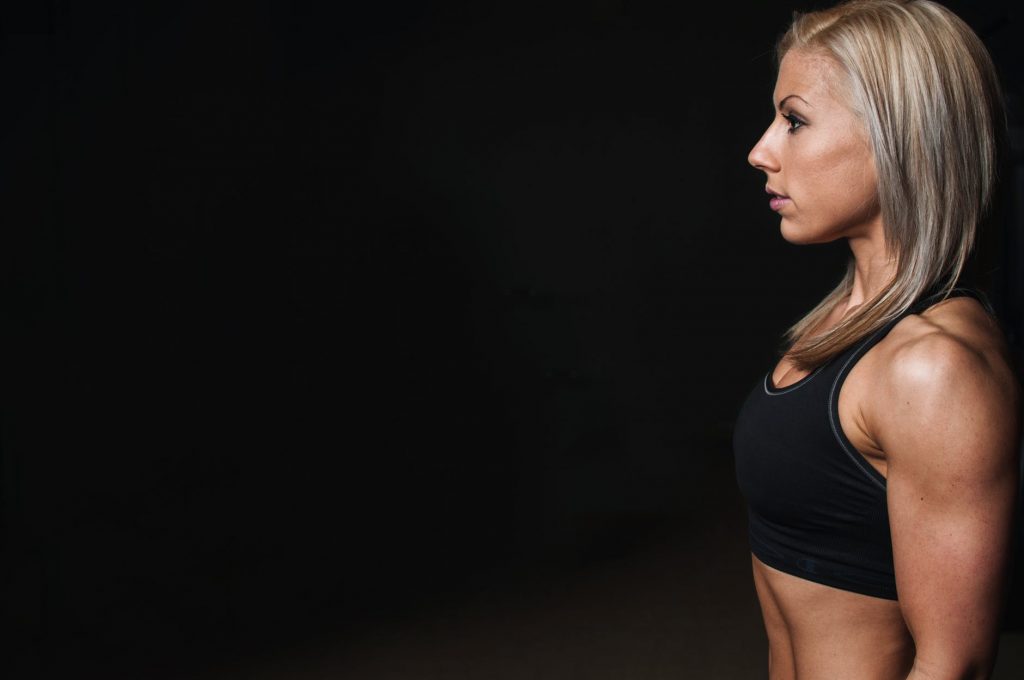
What is valued in our society right now is not that you should focus on your body, you should focus on your mind, you should focus on your work ethic, you should focus on things that are pretty much not necessarily gonna be rewarded such as the body.
Can you share some case studies of people that worked with you? Let’s take some people that really, really didn’t enjoy working on their bodies.
We have hundreds of these testimonies. I have thousands of these people because they’re just people like you and I, they’re just everybody out there who’s looking for answers. How many people do you know that are looking for some answers when it comes to their health or their body or their fitness, I mean there is plenty, right, it’s endless. It’s pretty much everybody we meet. I’ll give you an example, one woman, she wanted to lose weight. This is way better on the phone. I was asking, “How much weight?” She’s like, “One pound.” One pound, and I was like, “Okay, one pound.” I was like, “I don’t understand. Explain to me why you need to lose a pound.” She was like, “I’m 101 pounds and I wanna be 100 pounds. I’ve been trying to work on this for ten years and I can’t get off the one pound.” I said, “I think you need a psychiatrist.” And then she hung up on me. Months went by and she called back again and she says, “I’m here. I still wanna lose the pound.” I said, “Okay, come on in. Let’s meet.” She came in and she was anorexic. She had low bone density which you can expect and she had not necessarily a healthy mental model for her identity, her self-image wasn’t a positive one. My thought was she doesn’t need any exercise, she needs to eat, yet clearly the last thing she was gonna do was eat. I said, “I’m gonna make you a deal because you know, this isn’t something that you need. You don’t need to lose the pound.” She was like, “I’m gonna lose the pound.” I said, “I understand. Here’s the deal, I’ll help you lose the pound and then you’re gonna do what I say which is we’re gonna work on your health.” She’s like, “Okay, I don’t believe you.” I said, “I’ll help you lose the pound.” She was like, “How long will it take?” I said, “It’ll take you one week. You’ll have the pound off.” She was like, “Okay.” She didn’t even ask what was gonna happen after that. I said, “I’m gonna write up in bullet points what you’re committing to.” I wrote it up. She needs to gain about 15 pounds, her body fat was gonna go up way high, she was gonna have to stop exercising, she was gonna have to start a lot of supplementations so she can sleep better, she was gonna have to use the Power Plate specifically because she never slept well and you only get growth hormone either when you’re in a fasting state or when you’re sleeping and she wasn’t sleeping because her body was in reaction, it was rebelling. In one week, we just starved her more and we exercised her crazily so she can lose a pound. She got on the scale, she lost the pound, she was through the roof excited and then I brought out the sheet of paper and I said, “Okay. Now you’re gonna start.” She was terrified. She was crying as she understood that she has an issue then she went for it. With the right support and effort structure and the right support around her because that was a big part of it. It took her about a year to actually gain some health and her bone density started to come up, her growth hormone clearly was going up because she was starting to sleep and she started to put on weight. We worked in a cognitive way, we worked with her brain to start to help her with her identity so she can handle how she looked when she saw herself in the mirror because she saw herself as a fat girl even though she was obviously thin. I think the key was because we dealt with her identity and her self-image, we were able to get her to the point where she was fairly healthy. She was able to stop taking all these medicines, she stopped all the chronic over exercise, and so she eats successfully.
Amazing. How did you work on her mind?
We worked on the psyche, that’s called Cognitive Behavioral Trainings (CBT). That’s used in a bunch of different ways.
You do CBT as well? Wow.
Sometimes that’s needed if someone either has the interest for it or has the affinity for it or is available and they just walk forward into that area. For her, she had to get rid of her dark angel, we call, her limiting character in her head that was really not necessarily that healthy. That was a big deal because she’s obviously been dealing with that and she’s been reinforcing it for decades. It took a lot of screaming, yelling and crying to get past her behavior and then she could start to have some compassion and empathy for herself. She was able to start to understand her unconscious defense mechanisms which was the key for her to be able to then just have the space to allow herself just to start to do what’s right for her health and that was a very, very tricky area for many months with her to be able, it was a fine line because she has decades of the other way of living. We had to keep her very tight leash and interaction with her to help her in her best interest make the change.
Wow, well done.
That was a big victory for everybody.
Let’s take in a different case study where the person were like 300 pounds.
Should we talk about pain?
Let’s talk about overweight because we talked about underweight.
Okay, overweight. There is a guy who was about 50 pounds overweight. He worked with certified nutritionists, dieticians, he had worked with trainers, he had gone to several different spas, he had gone to all the professionals to handle his needs. He loved to eat because that was his self-obsession preoccupation; he was bored. Most people, they’re not lazy, most people just don’t have compelling goals. When we met him, I immediately saw that what we needed to do was to give him a non-weight type weight loss goal, objective. His goal was to climb Mt. Kilimanjaro in Tanzania, Africa. The reason he lost 50 pounds was he spent a year preparing to go to Africa to climb Mt. Kilimanjaro up to 19,000 feet and he was scared that he can’t make it and he was feeling very threatened and unsure of himself and the leverage that worked for him was because he was gonna go do this huge thing that was way outside of his mental scope a year out the road, he was able to start to create a sustainable system for himself that allowed his body to start to go ahead and change his set point, his resting metabolic rate. Without focusing on the goal, we were doing the work to go to Africa using the rejuvenation system at Rewire and his body started to make those changes. Over the course of the year, he lost a very healthy, all that weight.
Amazing. A part of rejuvenation process is Cryotherapy. I spent three full minutes in the Cryotherapy chamber at your facility kicking and screaming. It was amazing. I really enjoyed it and I loved the euphoric feeling.
Yeah, it’s great. I would get in the Cryo Machine every day, I just don’t have the time. Everybody else is doing it.
What is this Cryo Machine? By the way, listeners, all those machines, everything is gonna be in the show notes. You’ll have pictures, we have links, we have everything in the show notes on stellarlifepodcast.com.
Cryotherapy started in the 70s in Japan with this doctor who was trying to treat rheumatoid arthritis and different arthritic patients because they had all this pain in their joints and they couldn’t do manipulations to help the treatments. They said, “Why don’t we start to use these cryo procedures locally on the joints? Then, the person had significant reduction in soreness and pain and then the manipulation that occurred on the joints improved. Because of that rapid decrease in temperature that occurs with the cryo, the outer layer of skin only, it equals this immediate release of endorphins and therefore less sensitivity to pain as well because it kills the histamines in the body. They started doing that and then they said, “What if we did it for the full body and could we get an actual cryo full body rejuvenation from it? Could we start to look at inflammatory conditions because we can interrupt the inflammatory system? That’s when it became really exciting because then that’s when it started to shift because they shifted the research in the 1980s to the whole body version and that’s what you see now, these different whole body Cryotherapy either saunas or units that are now starting to spread throughout the US and abroad.
It was a really great experience. I can’t wait to go back, actually. When I was there, I hated it.
You know why you hated it? You hated it because your model is you thought you’re getting into a nice bath. You thought you were gonna jump into a freezy nice bath and I think that’s why people maybe initially go, “Oh my gosh, it’s gonna be hard and it’s gonna be terrifying.” That’s not what goes on. It’s actually trickery, it’s fake, it’s only air because the nitrogen is liquid. It gets converted into gas and then into air. Only your skin, receptors in the skin get cold, not your muscle and your organs. There’s no hypothermia response. Even if your brain is going screaming at you, “We’re cold, get me outta here.” The reality is it’s only eustress, it’s a good thing. There is no distress associated with it.
It was definitely more psychological than physical with me. The idea of being in that cold temperature, it was the same fear that I had when I walked on fire at Tony Robbin’s event, it was the same fear as when I broke an arrow with my neck or broke a board and it was also the same fear that I had when I did the tough mudder which is a 12 mile obstacle course designed by British Special Forces. It’s more the fear of the fear itself.
You’re describing anxiety which isn’t fear. Those are two separate pathways. That’s what a lot of people might go through, whether it’s laying on a table doing the MAT process where the potential threat of, “Oh my gosh it’s gonna hurt when he touches me,” can create an anxiety or you’re watching the cryosonic get up to temperaturing, you’re seeing the nitrogen come out and your brain is processing what’s coming, that’s anxiety. That’s not actual fear because fear is if the lion jumps through the door, you have fear. You don’t even know you have fear, you’re running and then you feel the fear afterwards. Anxiety would be I think the bigger component like people have to kinda look at when they’re looking at some of these things.
Every time I overcome a fear or anxiety, there is always something really wonderful on the other side.
Yeah, it feels good, right?
Yeah, it feels amazing. How do you help people break through fear?
We call it fear extinction. We have a three part series on that and we’ve done it for years and we do that through stress and inoculation training. We take people out and put them in different situations either if it’s in the water or if it’s off the ground in a like climbing environment. They’re either dealing with heights or they’re dealing with uncontrollable bodies of water with waves and current like in the ocean. Those are two easy ways to start just inducing a little bit of stress and then the person can slowly increase the level and the intensity of it. That’s a version called fear extinction. There’s cognitive work that you do along with the actual stimulus sessions and that’s a system we call fear extinction.
Have you read the book The Rise of Superman?
No, I haven’t.
It’s a great book. It talks about getting into a state of low. When you do those high adrenaline activities, you actually get into a state of low and that can help you get into flow and creativity in other areas of your life.
That makes sense.
What’s the wildest thing you have ever done?
Most people listening, I can give you 20 things that they would think would be wild. I would say it’s having my son, Aleck, that was a big deal. That was the wildest thing I ever did because it was just overwhelming to let go of the vulnerability that I was gonna be a father and the reality that could I step up and actually do my part as a dad, and that was completely daunting.
That’s so beautiful.
That was the reality.
What are the things that you did that other people will think are really hard?
These expedition races that we used to do for 10 years. Those races were 8 to 10 days long, they were 24 hours a day, they crossed entire countries and you did 10 to 15 different sports non-stop, non-motorized, you had to navigate across the country like Oman, you had to ride camels maybe for 24 hours, then you had to ocean kayak down the Barbary Coast in Morocco for two days with ten foot seas, then you had to trek through the Atlas Mountains and climb for 40,000 vertical feet, and then you might get on stallions and ride horses for two days. When you’re doing this, this is nonstop, day and night. Your body is starting to fall apart. You’re having blisters, you can get trench foot on your feet, you have dehydration, you’re hallucinating, you have to carry your own gear so you’re completely autonomous managing this crisis while you’re racing because the winner gets a reward of a couple of hundred thousand dollars. These were televised competitions that were really just outstanding. Some of the best experiences in my life, but those are probably some of the wildest things I’ve done.
That’s lovely. What are your three tips to living a Stellar Life?
One, design a compelling future. Two, follow through on step one. Three, make sure that you build the healthiest relationships possible.
One, design a compelling future. Two, follow through on step one. Three, make sure that you build the healthiest relationships possible. Click To TweetThat’s great. How can people find you?
We’re at www.rewireproject.com, we’re on Instagram, we’re on Facebook and we’re in Santa Monica at Olympic Boulevard just west of Stenella.
Do you have some information for people that do not live in Santa Monica?
We deal with a lot of people from around the world and there is many ways that people can use and get access to some of these rejuvenation modalities. BioDensity is available online, you can go onto biodensity.com and they can search under the location area and they can find where there’s a closest location to them so they can access bioDensity. Power Plate has a small plate that’s available for sale. That’s a personal Power Plate, it’s not the same price points as the medical level units and it’s also very convenient. You can take it in a car, you can plug it in at the house, it’s only 35 pounds. That’s another way that people can get access to these plates. There is another thing we didn’t discuss which is Intermittent Hypoxic Training, that’s IHT and you can purchase IHT for a couple hundred dollars online. That’s another way that you can start to make a gain in your true health and fitness.
Can people coach with you online or via Skype or on the phone?
Yeah, we do work with people now over the world on phone and Skype and those interactions are weekly, monthly and sometimes people come in for their dose once or twice or three times a year, maybe coming for week at a time or weekend at a time. All of those interactions are possible and are exciting. We look forward to those interactions.
Thank you so much, Tony. I really appreciate you.
It was exciting. Nice to meet you as well.
Yeah, thank you so much and thank you so much listeners. I hope you enjoyed this episode as much as I did. This is Orion signing off. Bye.

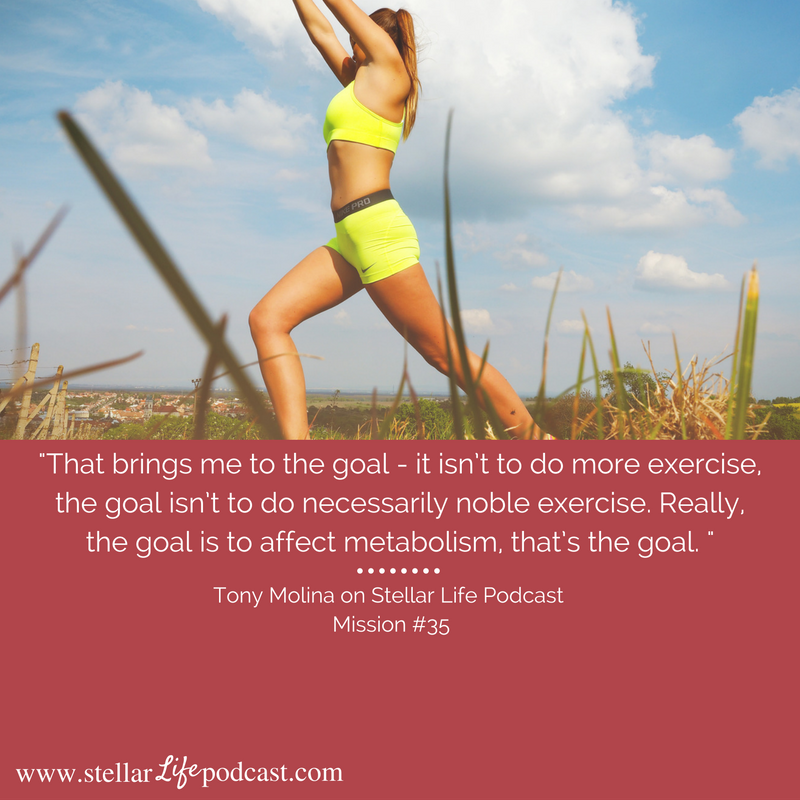
Your Checklist of Actions to Take
✓ Ditch stretching and use the Muscle Activation Technique instead. Your body isn’t looking for mobility; it’s looking for stability that brings mobility. Instead of overloading your body with traditional fitness, do a body tune up with the technique that Tony Molina offers on www.rewireproject.com.
✓ Try a bioDensity machine and get the benefit of high-intensity exercise without the risk of injury. Denser bone structure increases strength output.
✓ Avoid resistance training. It is accelerated degradation of your body and ultimately leads to injury.
✓ Think long term with your health and fitness. What you’re doing now could be increasing your body’s deterioration.
✓ Work with a Power Plate to consistently promote acceleration in your body. Power Plates also increase productivity and decrease the need for stimulants.
✓ Make your body a priority. The old paradigm is that your mind and body are separate, but modern research is finding they are more connected.
✓ Try cryotherapy. Boost your immune system and energy levels immediately with this nitrogen-gas treatment.
✓ Design a compelling future. By setting the right goals, you can motivate yourself to achieve. Follow through to ensure success.
✓ Find out more about Tony Molina and his work to transform the health industry at www.rewireproject.com
Links and Resources:
- Rewire Project
- LinkedIn – Tony Molina
- Facebook – Rewire Project
- The Rise of Superman
- Muscle Activation Technique
- bioDensity
- Cognitive Behavior Therapy
- Cryotherapy
- Inflammation
About Tony Molina
After serving in the Amphibious Reconnaissance in the Marine Corps, Tony Molina met Valerie and together they participated in the Discovery Channel’s Eco Challenges. These Eco Challenges consisted of racing non-stop, 24 hours a day, over a rugged 300-mile (500 km) course, participating in such disciplines as trekking, whitewater canoeing, horseback riding, sea kayaking, scuba diving, mountaineering, camel-back riding, and mountain biking. As part of these races, Tony ended up in the jungles of South-East Asia. There, he got incredibly sick with some sort of tropical disease. When Tony arrived at the V.A. Hospital, no one could make sense of what he had.
Disclaimer: The medical, fitness, psychological, mindset, lifestyle, and nutritional information provided on this website and through any materials, downloads, videos, webinars, podcasts, or emails are not intended to be a substitute for professional medical/fitness/nutritional advice, diagnoses, or treatment. Always seek the help of your physician, psychologist, psychiatrist, therapist, certified trainer, or dietitian with any questions regarding starting any new programs or treatments or stopping any current programs or treatments. This website is for information purposes only, and the creators and editors, including Orion Talmay, accept no liability for any injury or illness arising out of the use of the material contained herein, and make no warranty, express or implied, with respect to the contents of this website and affiliated materials.





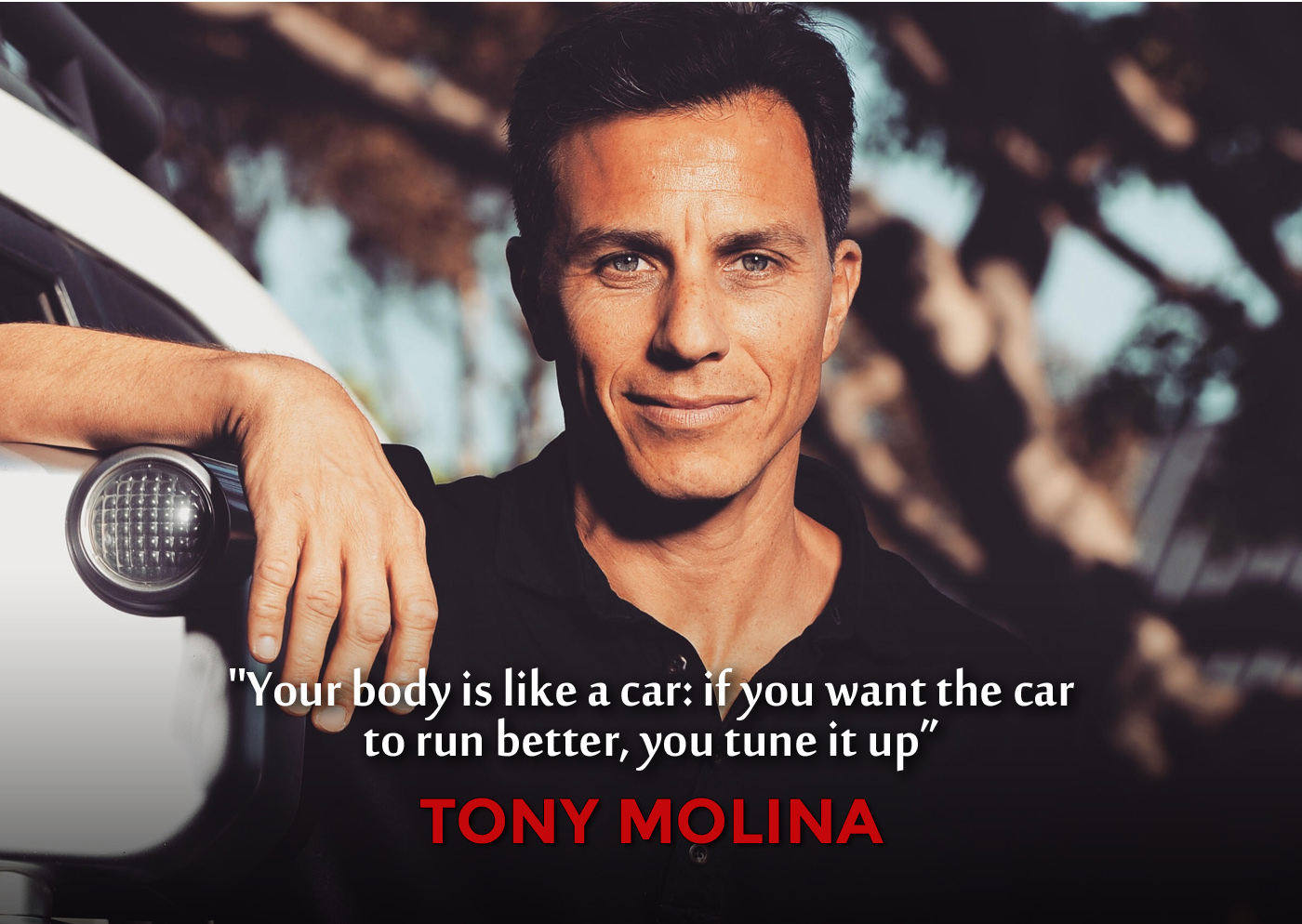






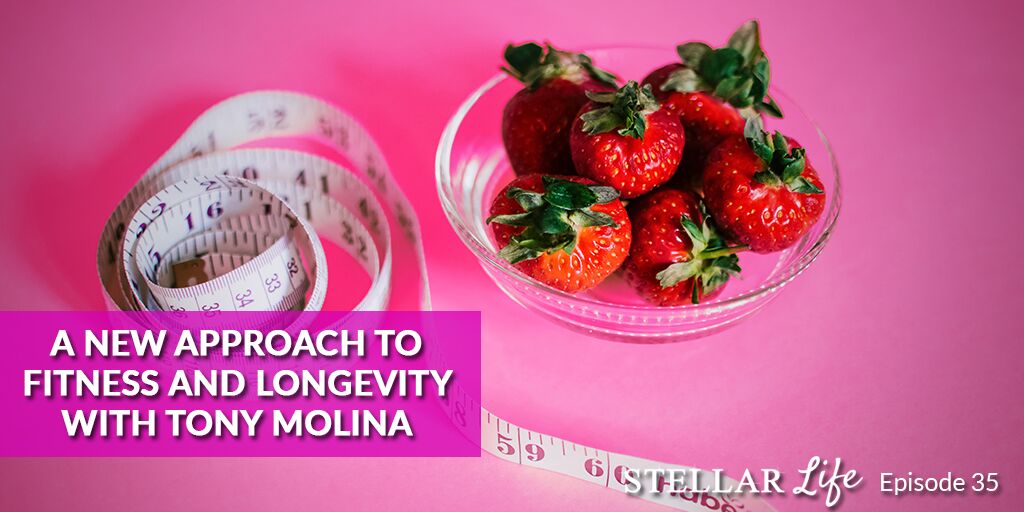


















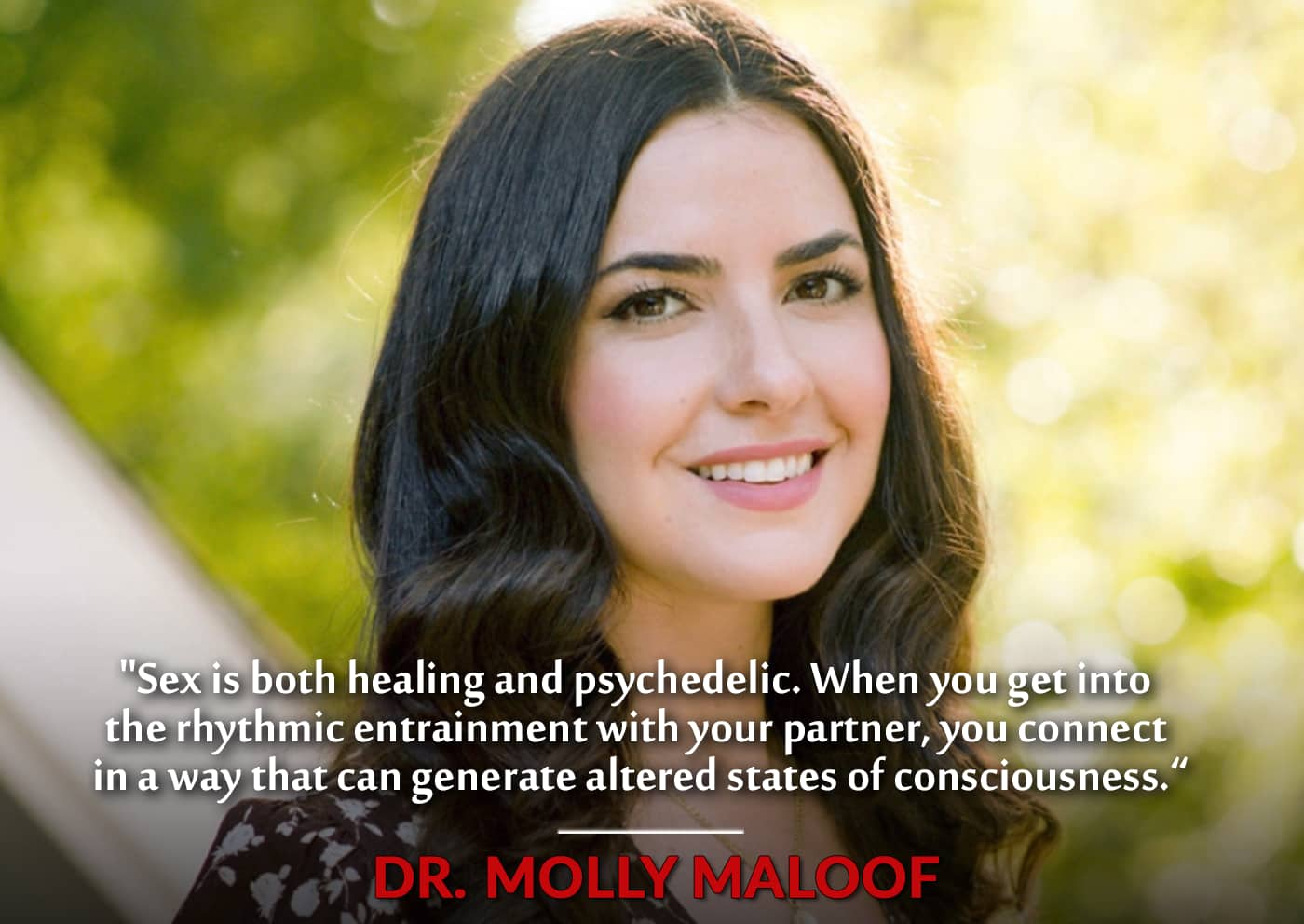

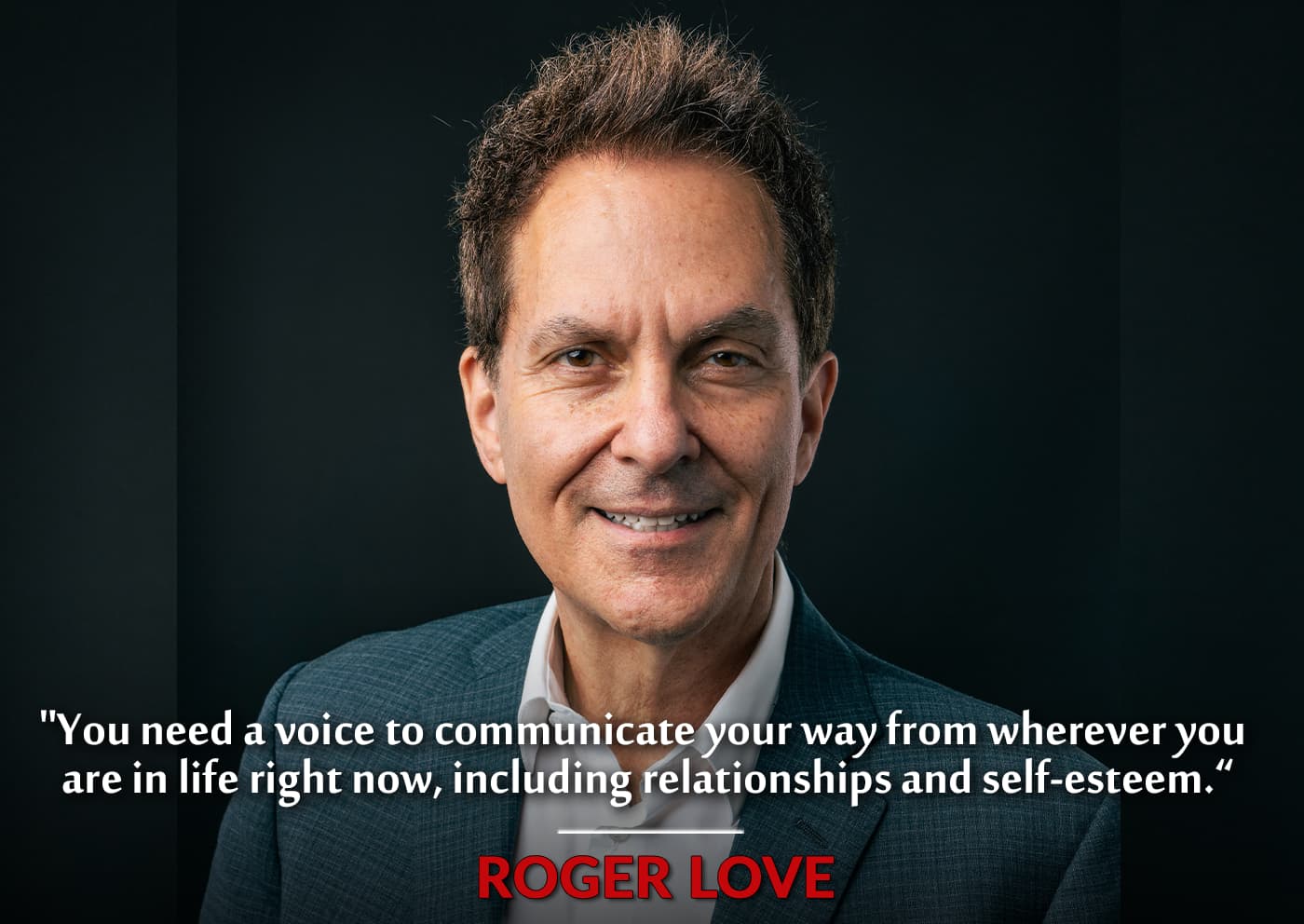

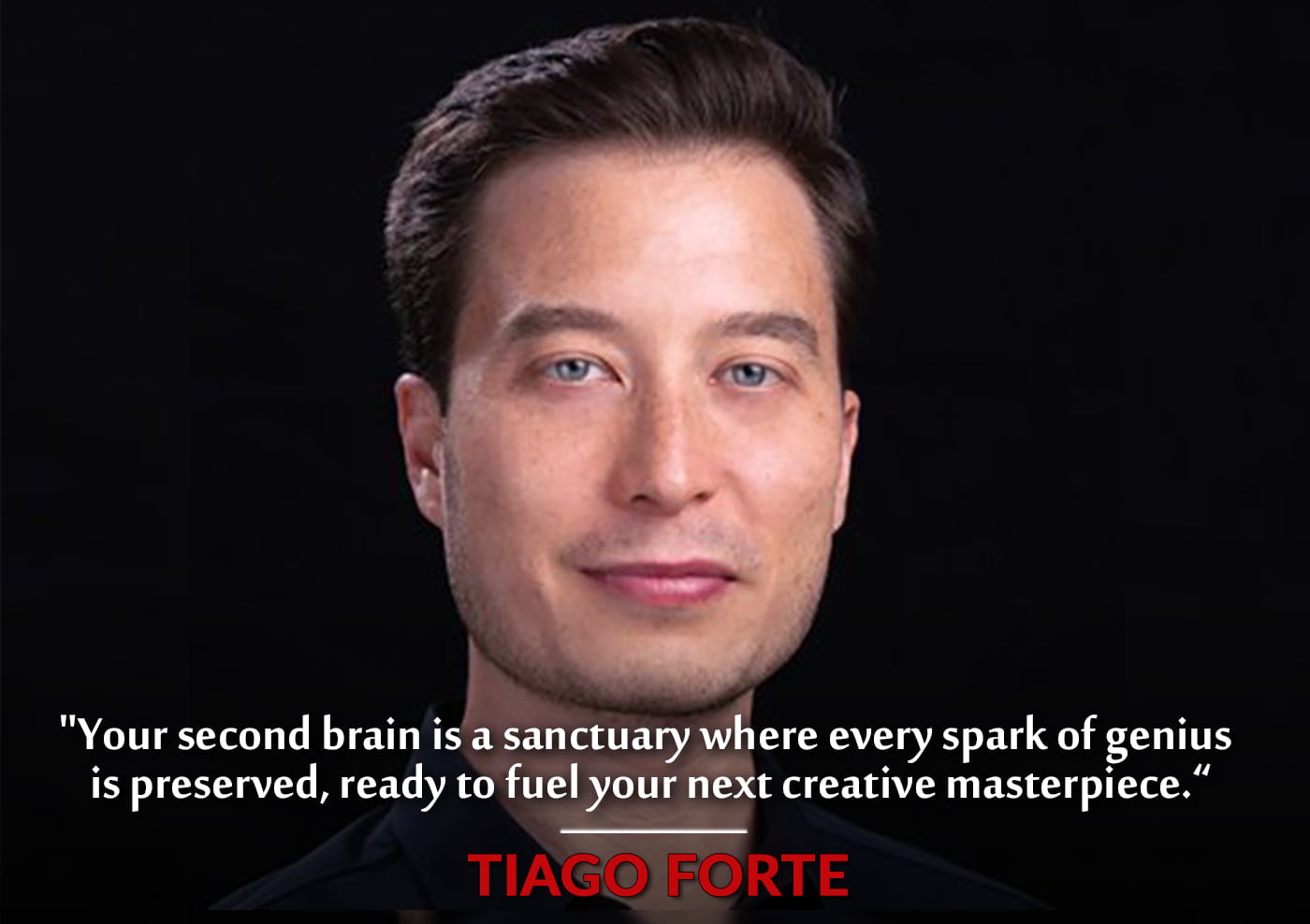
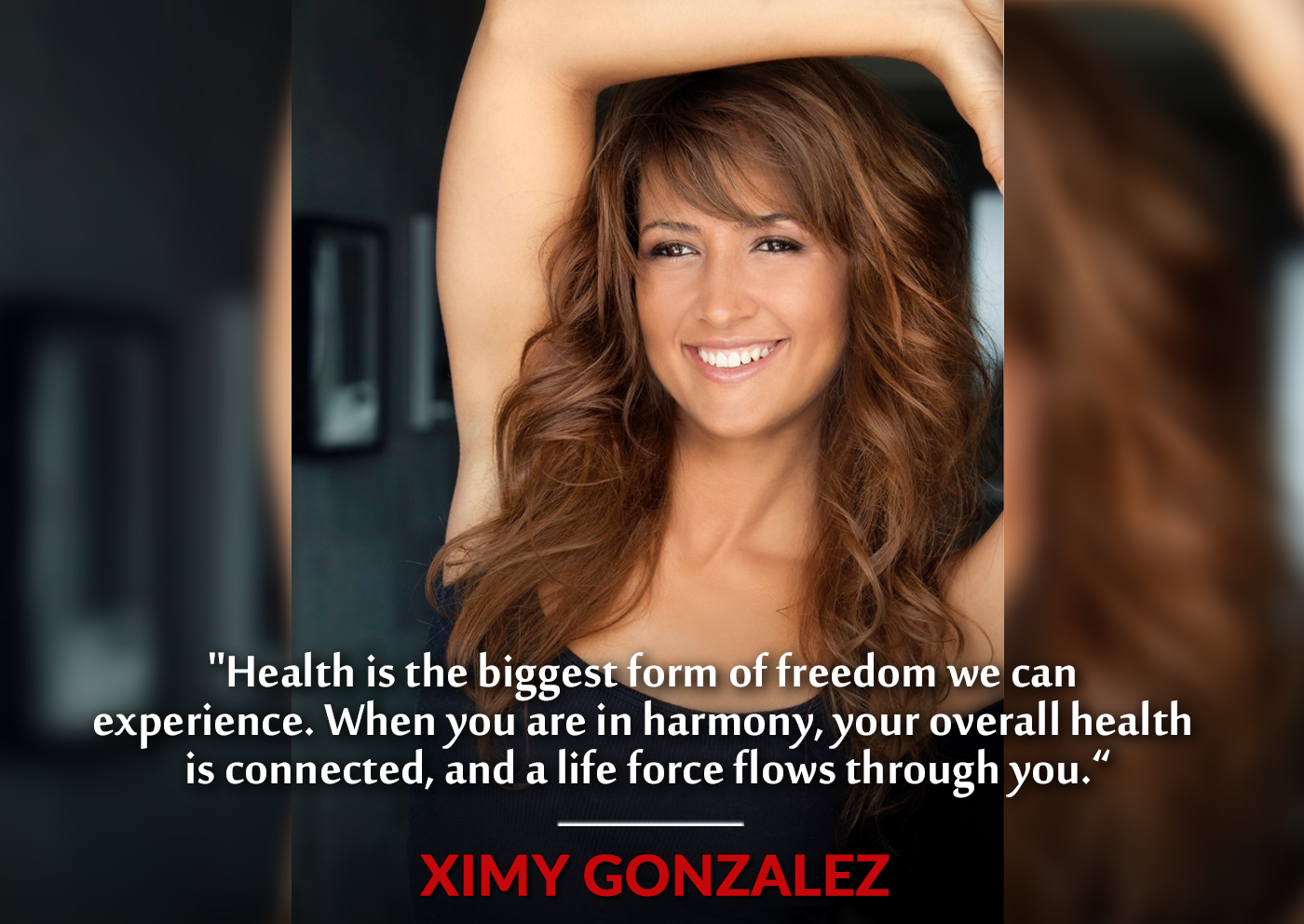
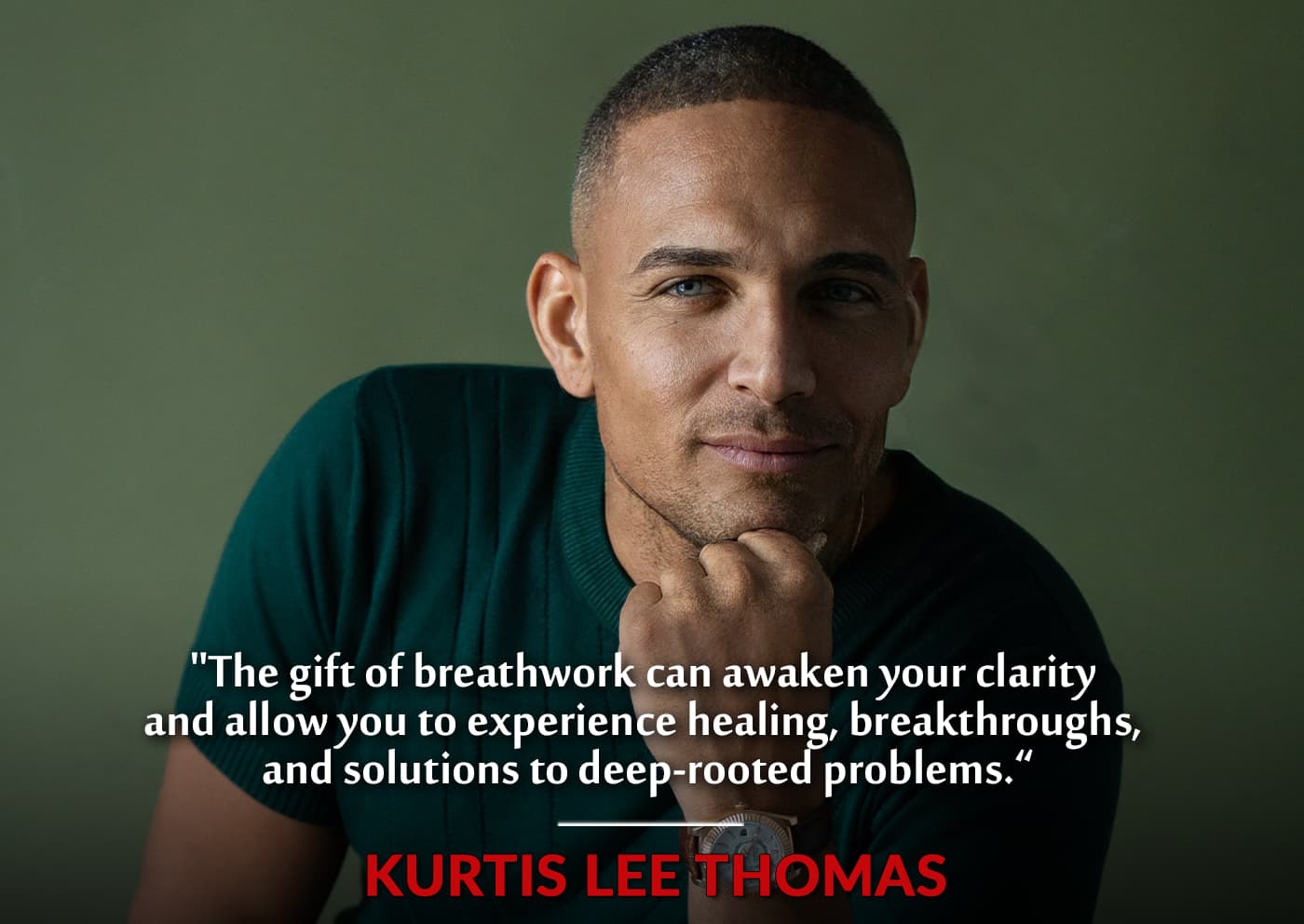
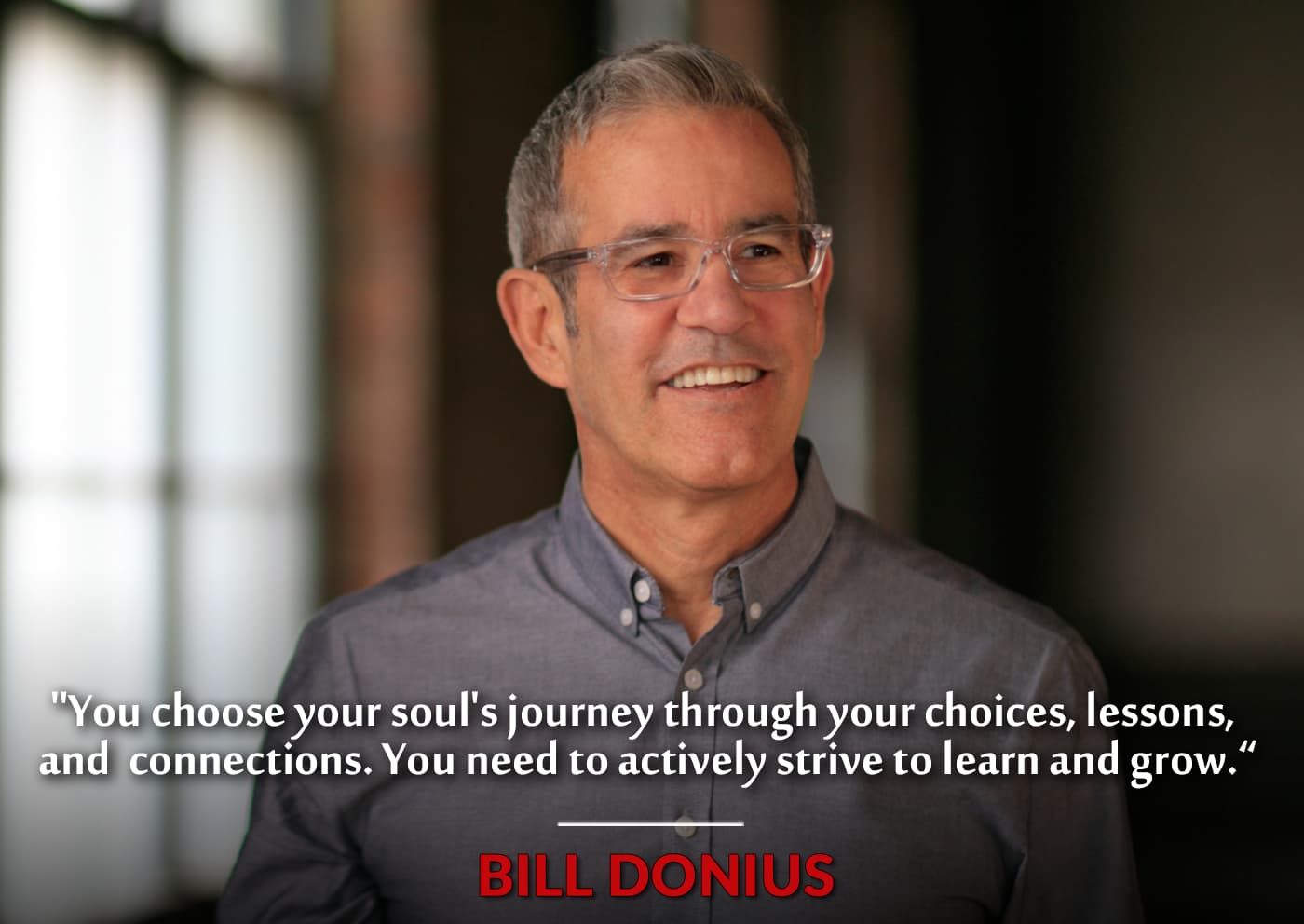
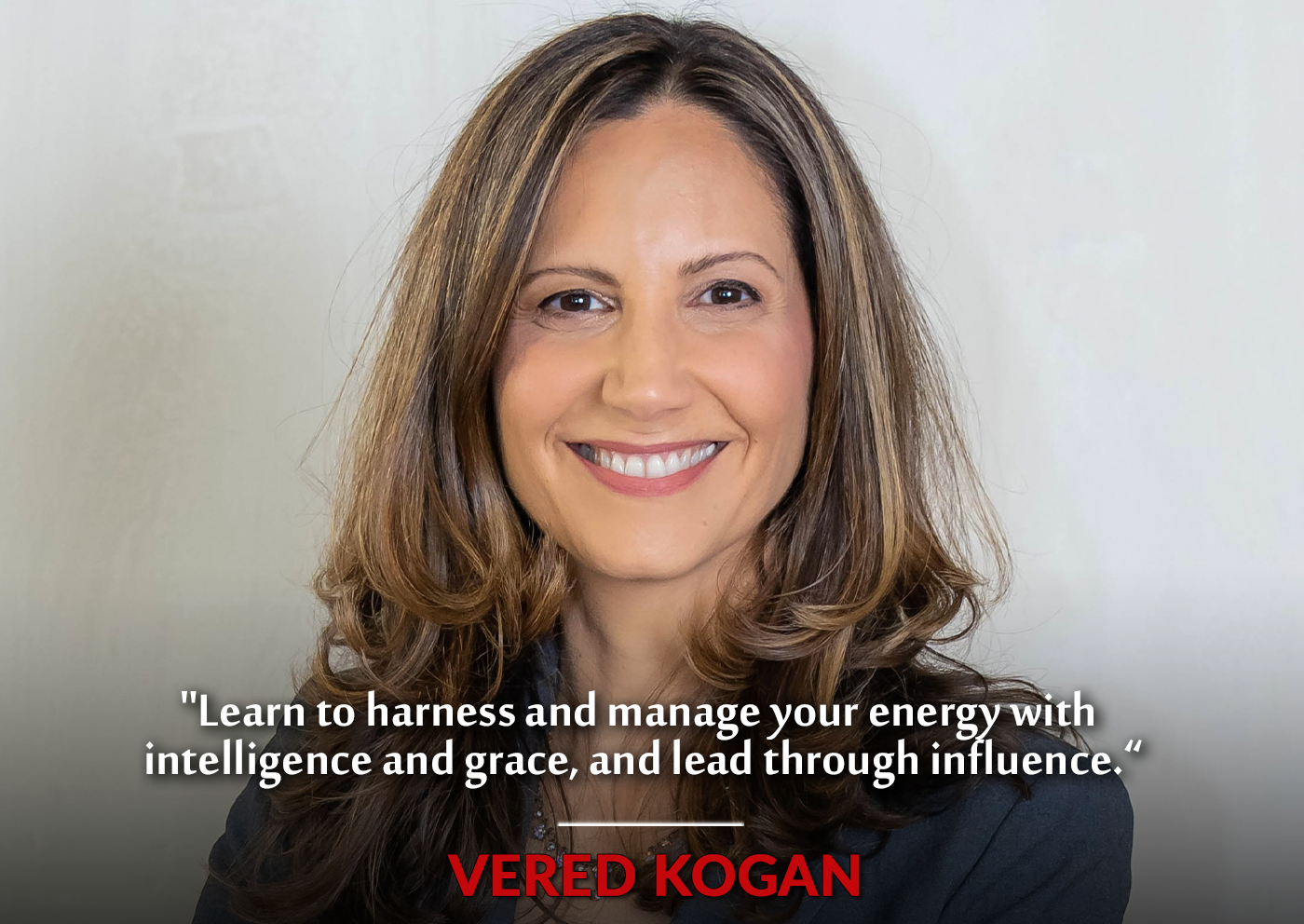
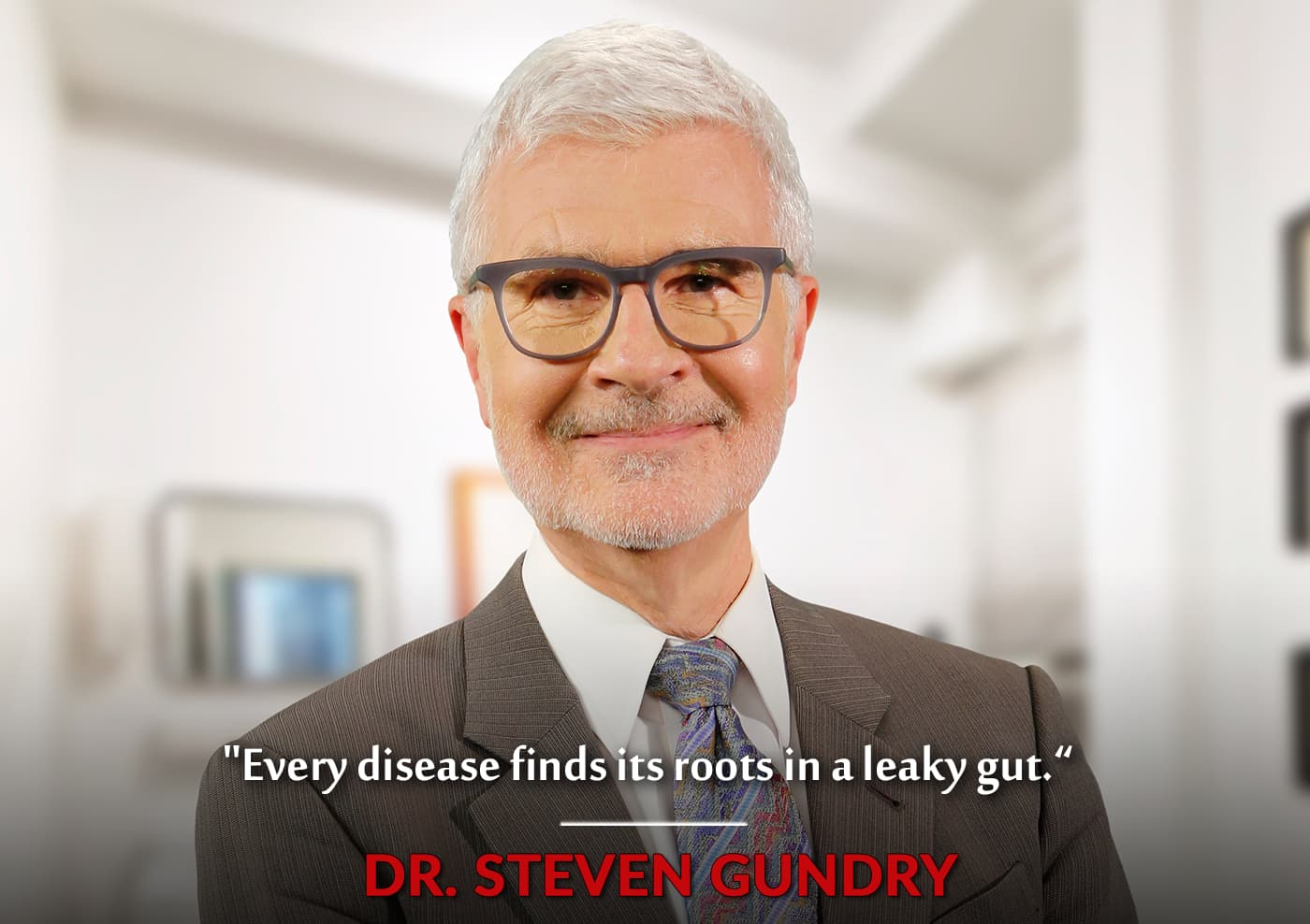

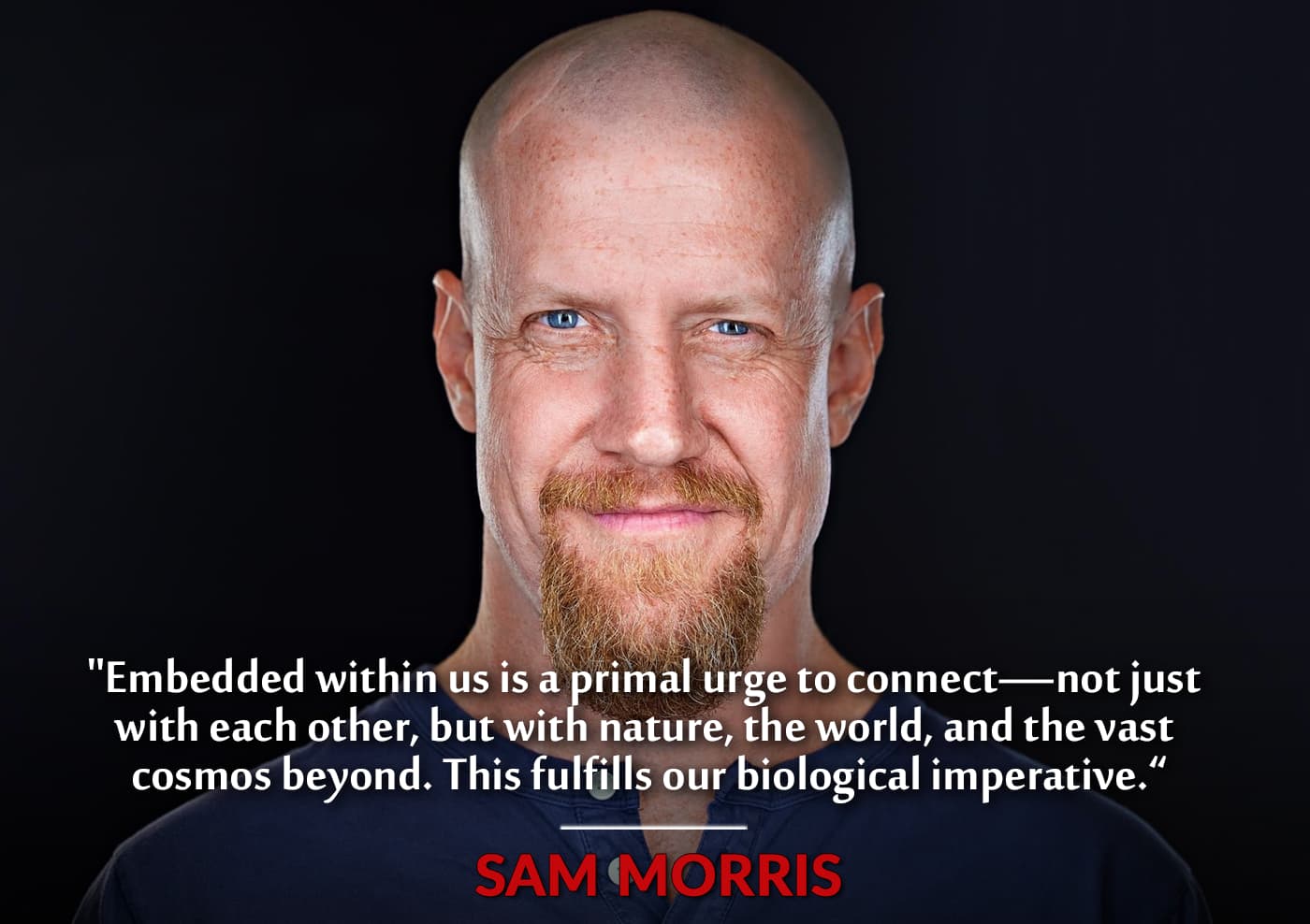
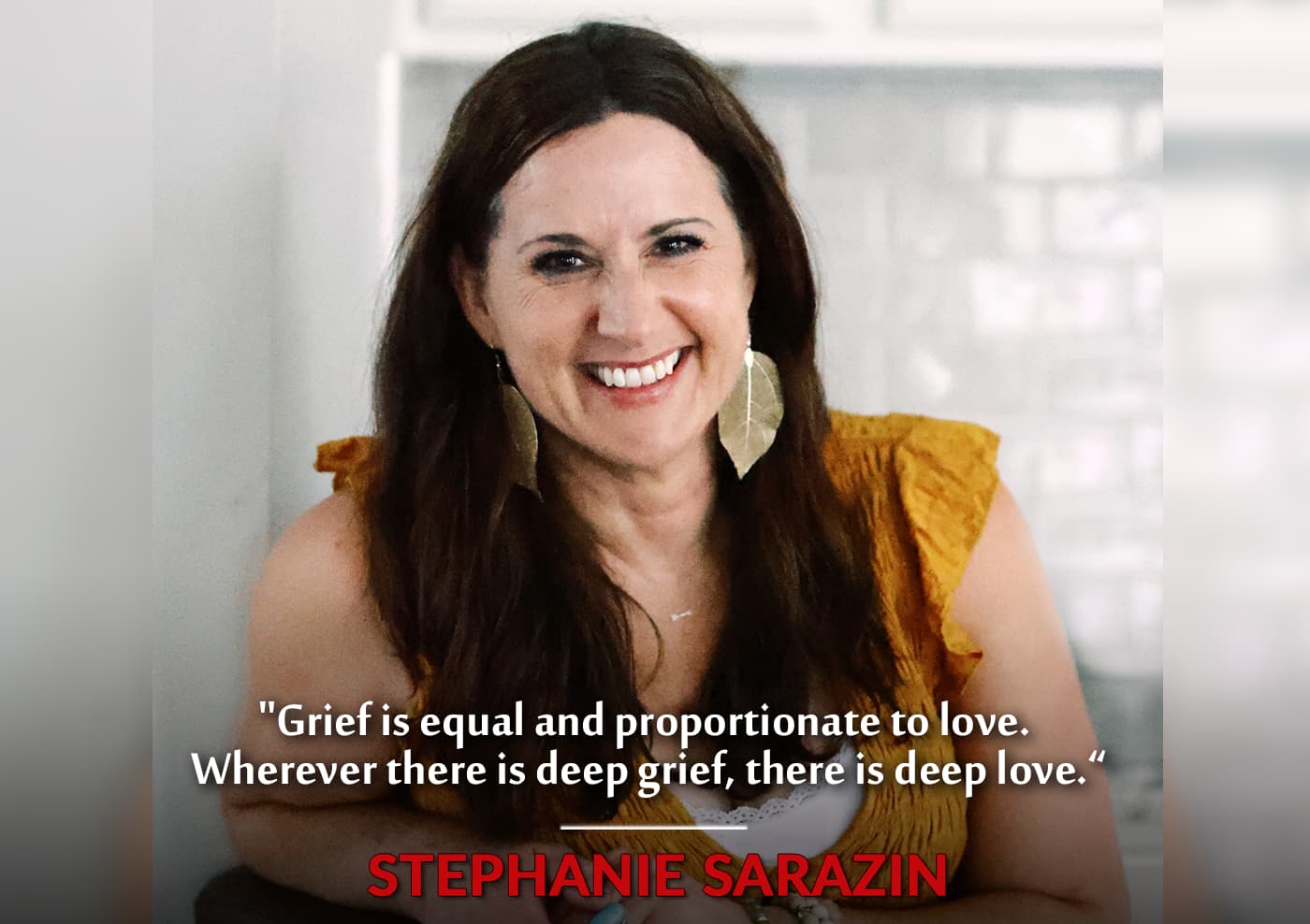

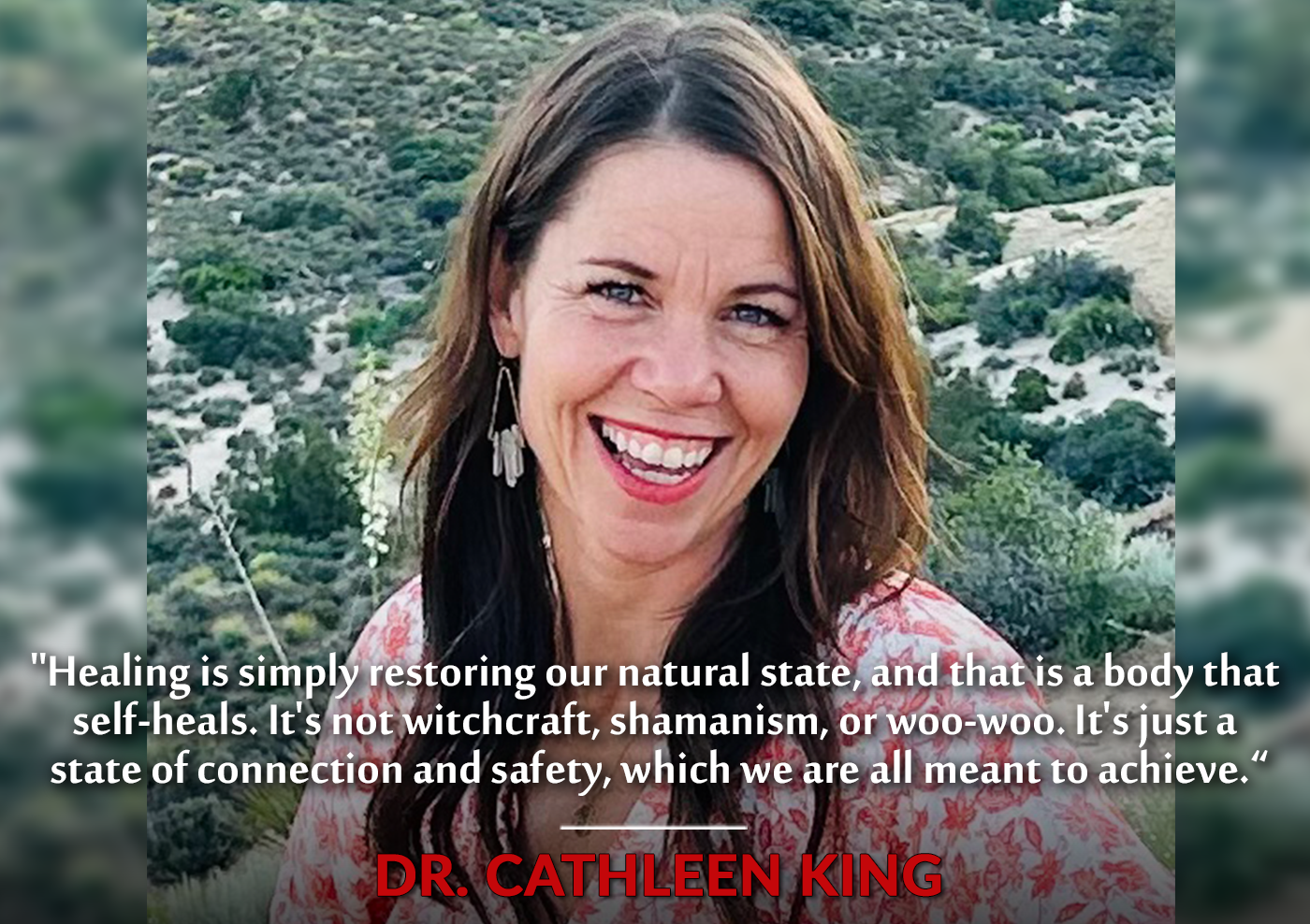
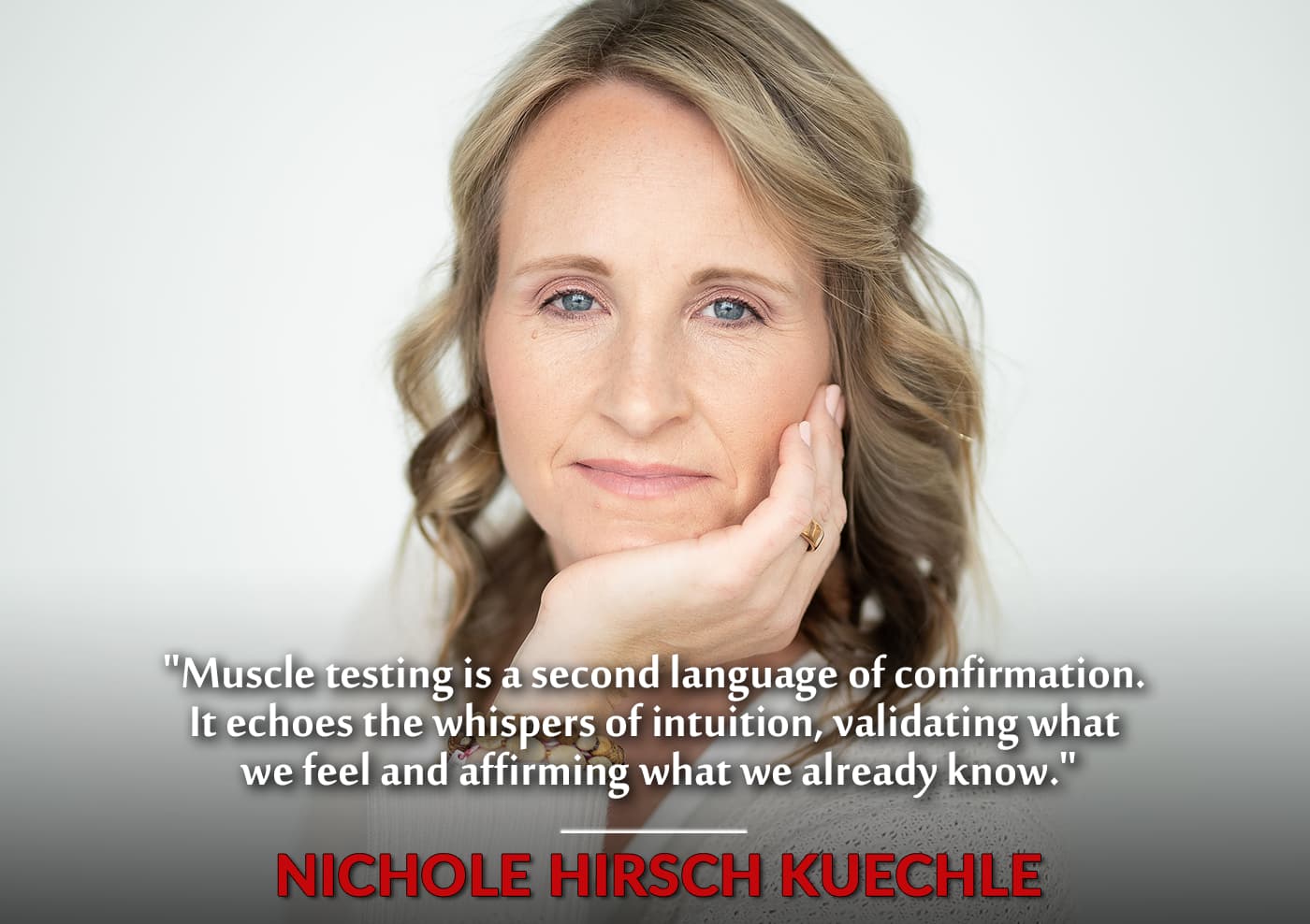
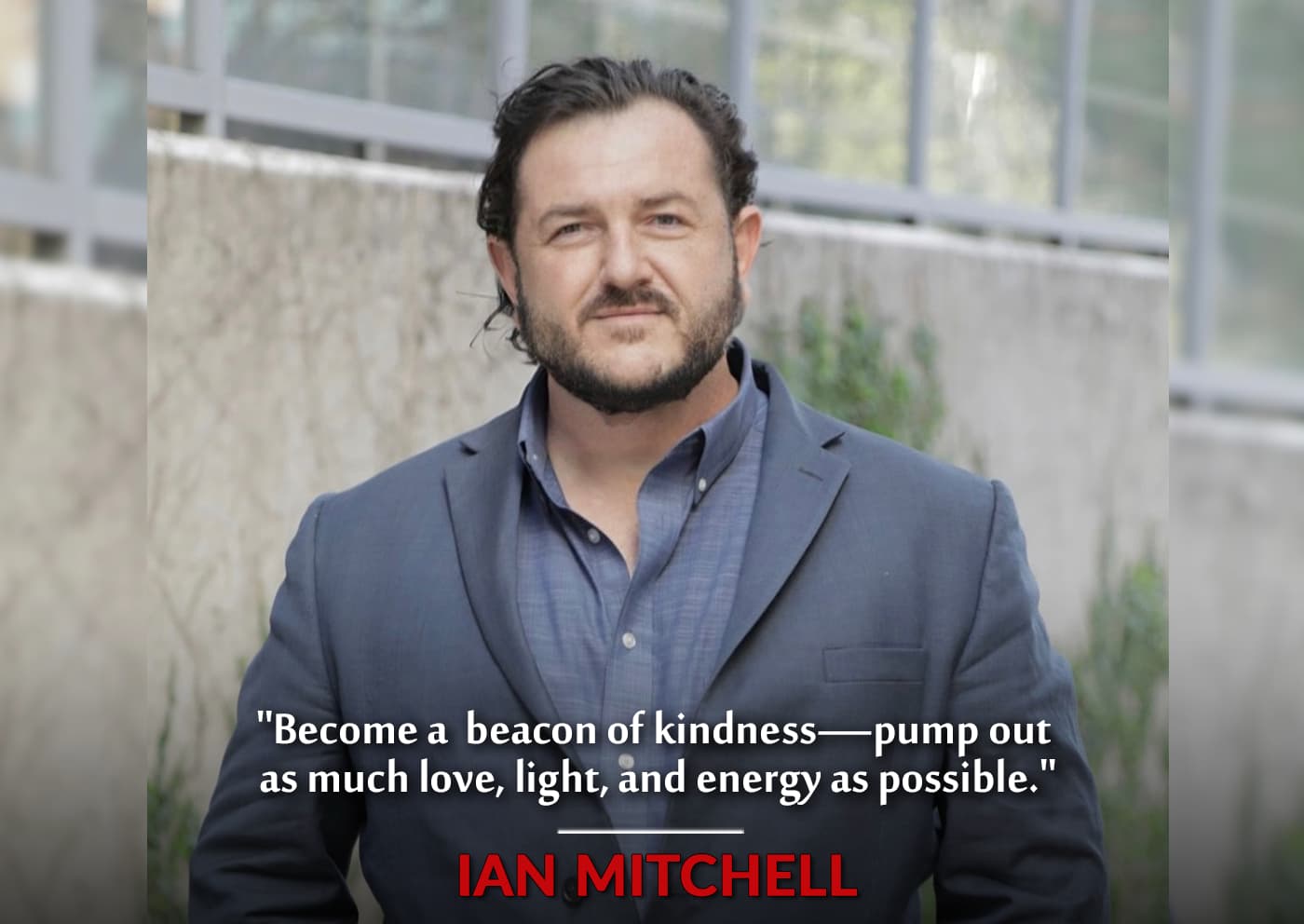
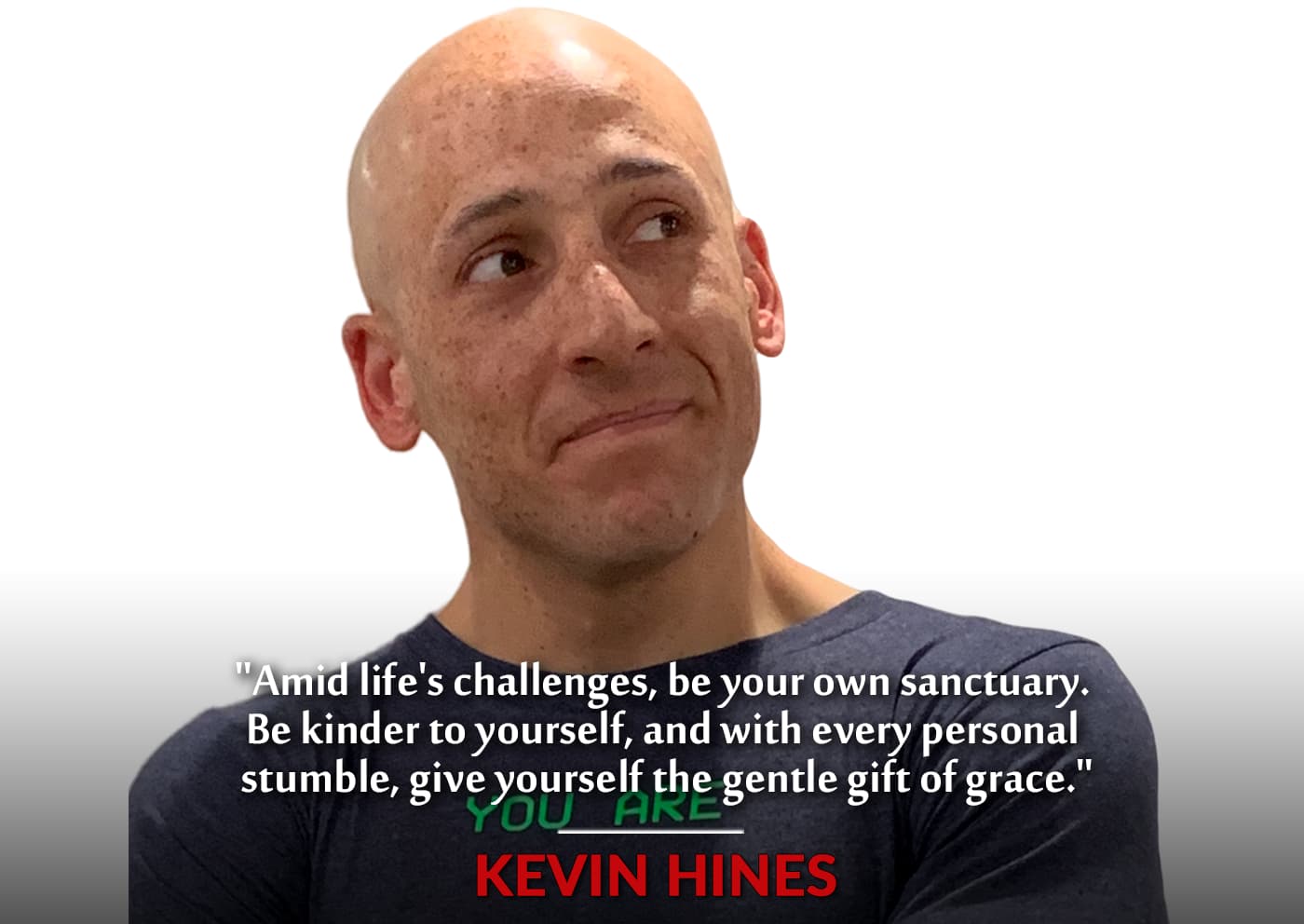
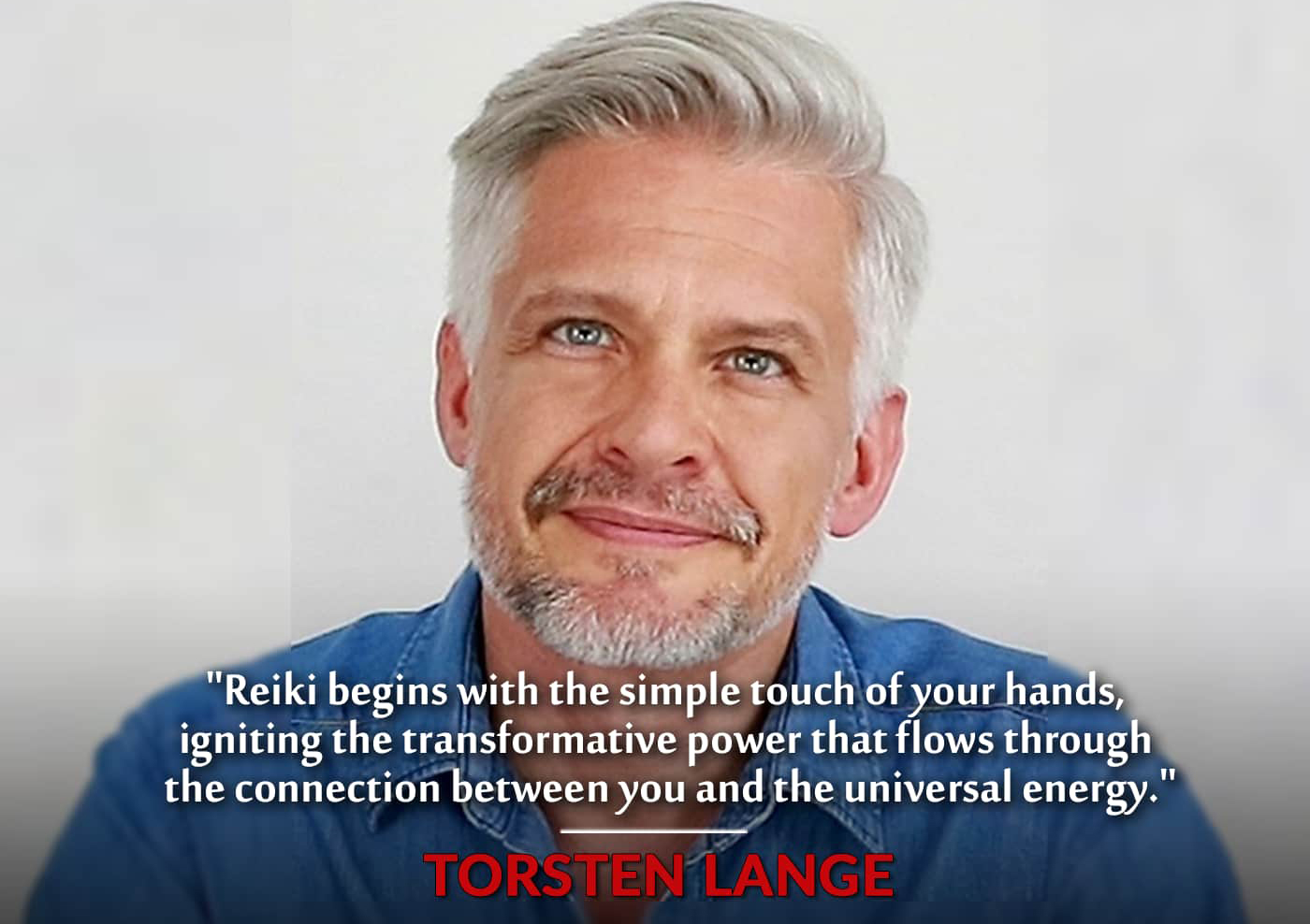
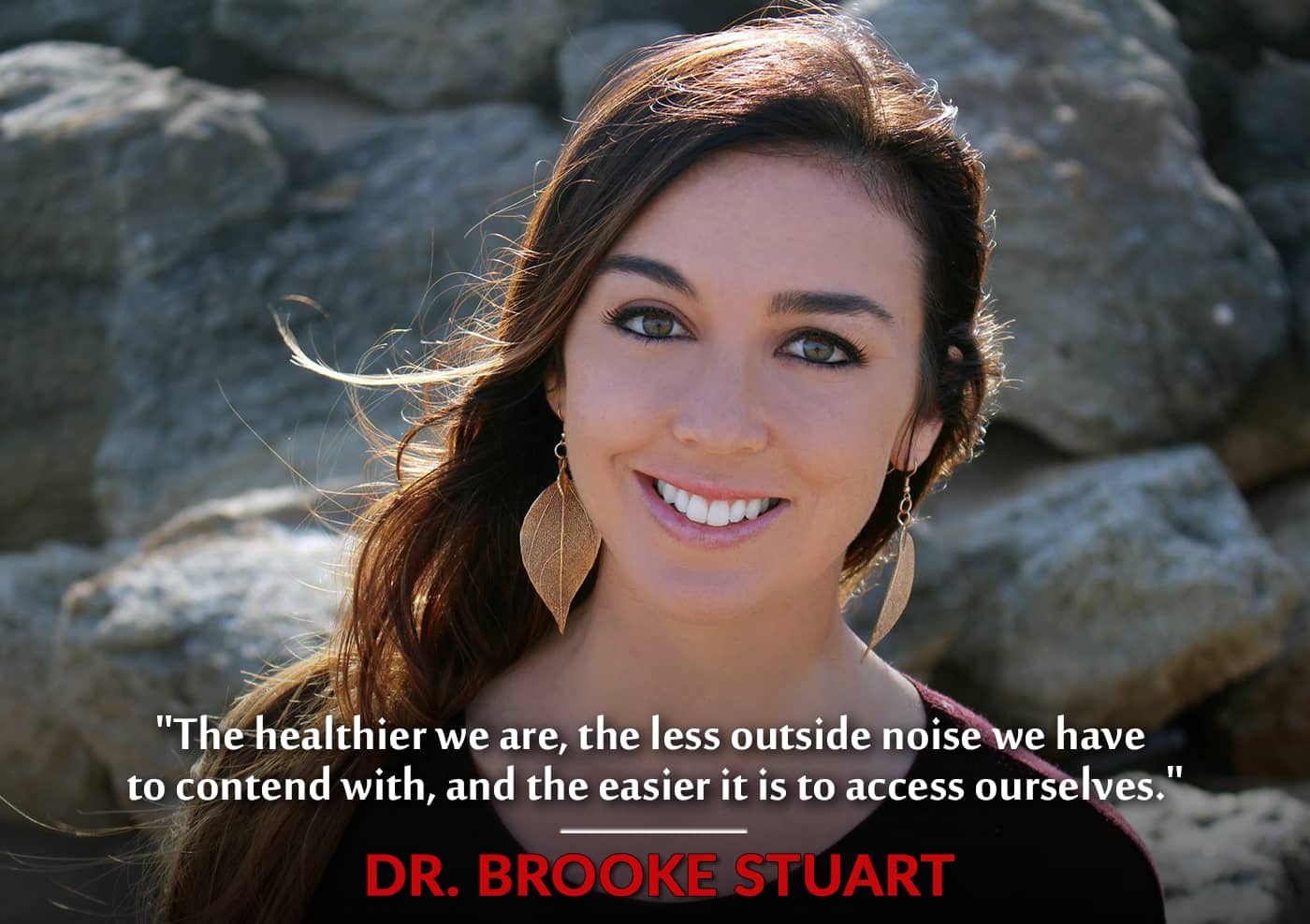
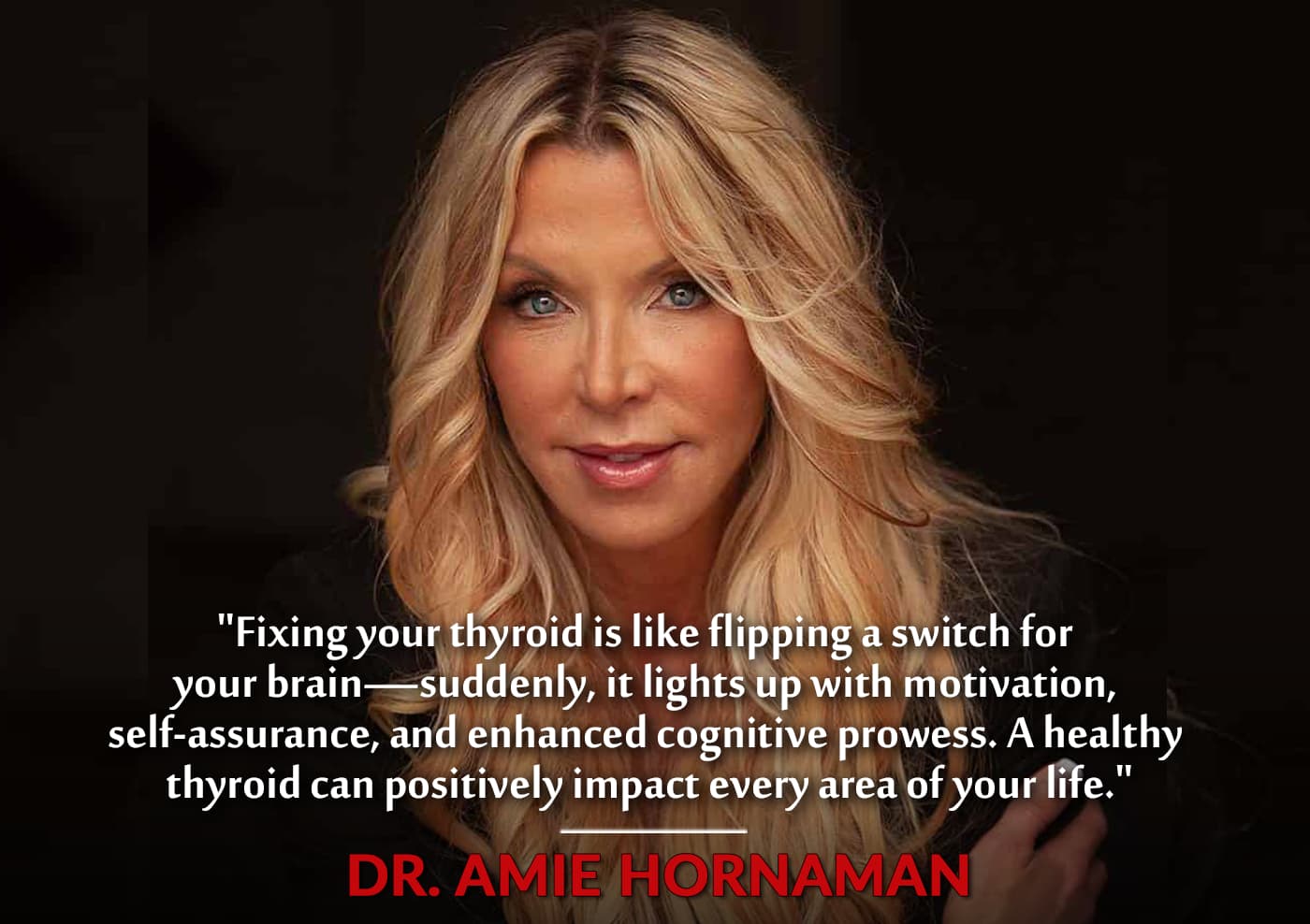

Facebook Comments